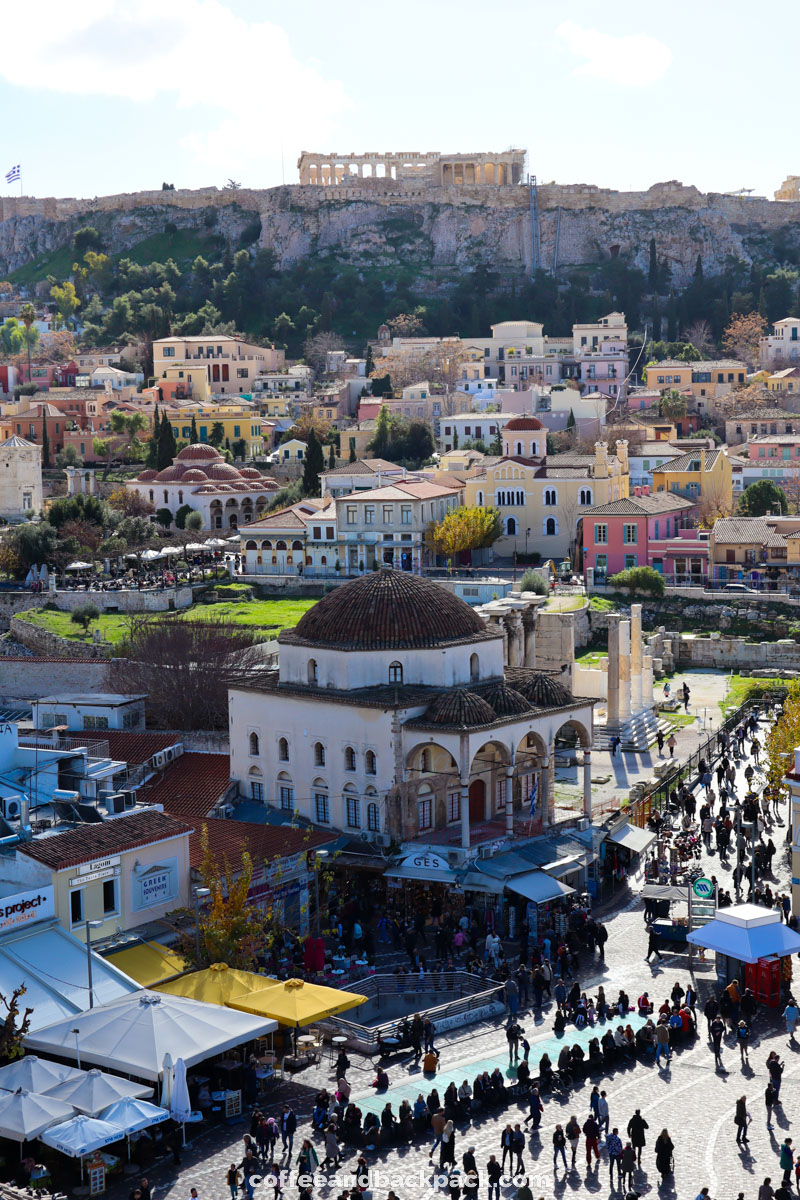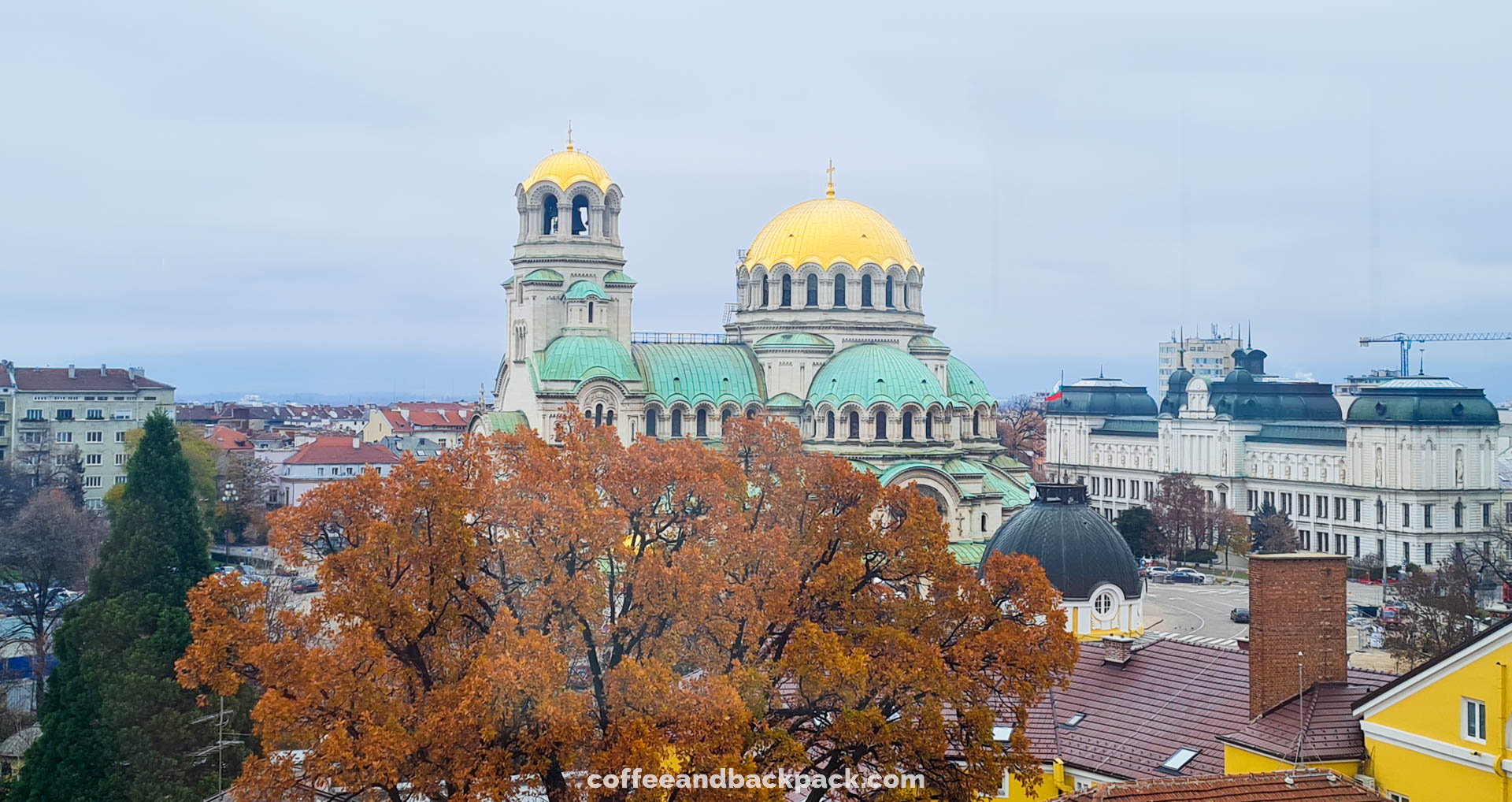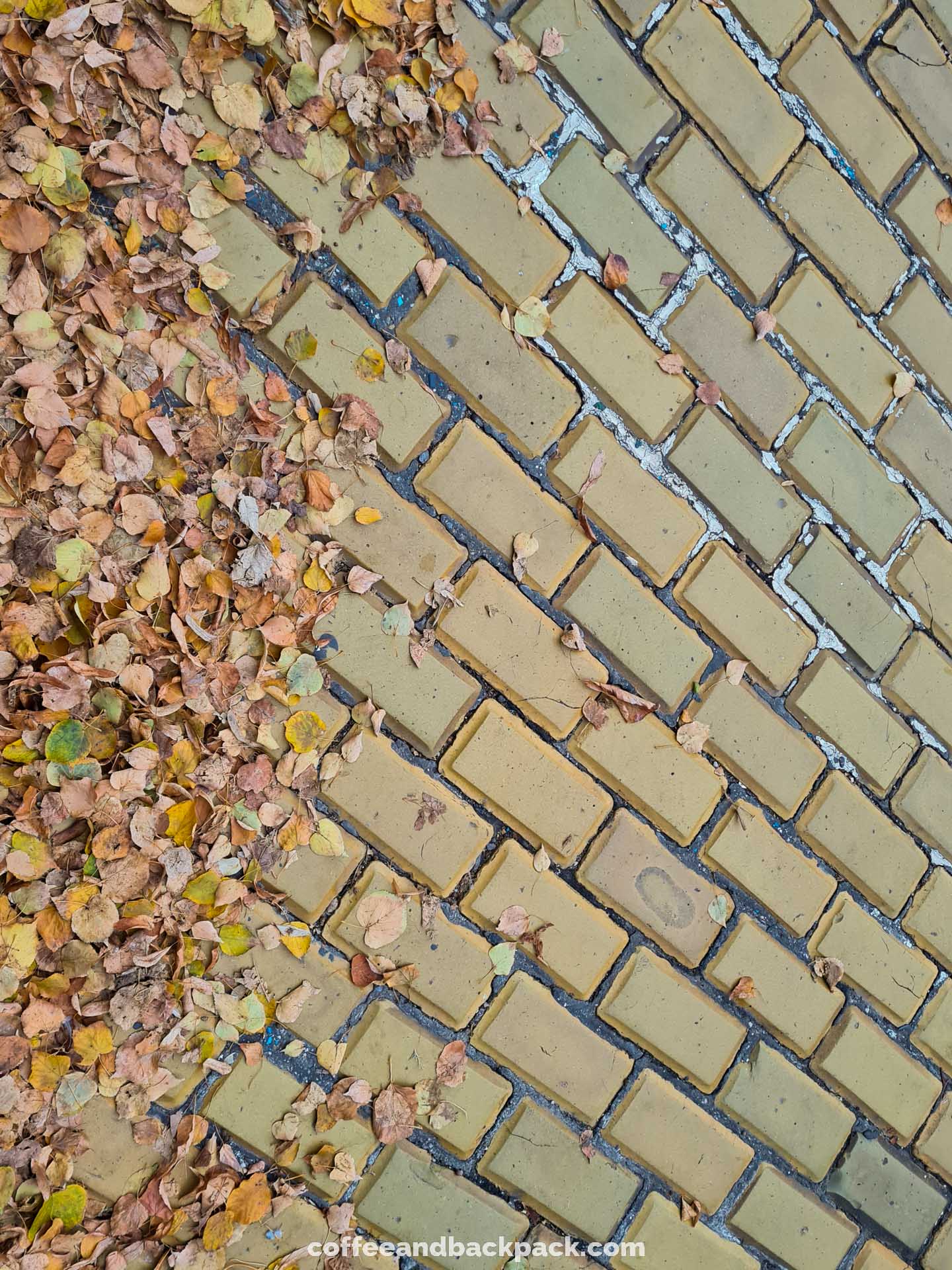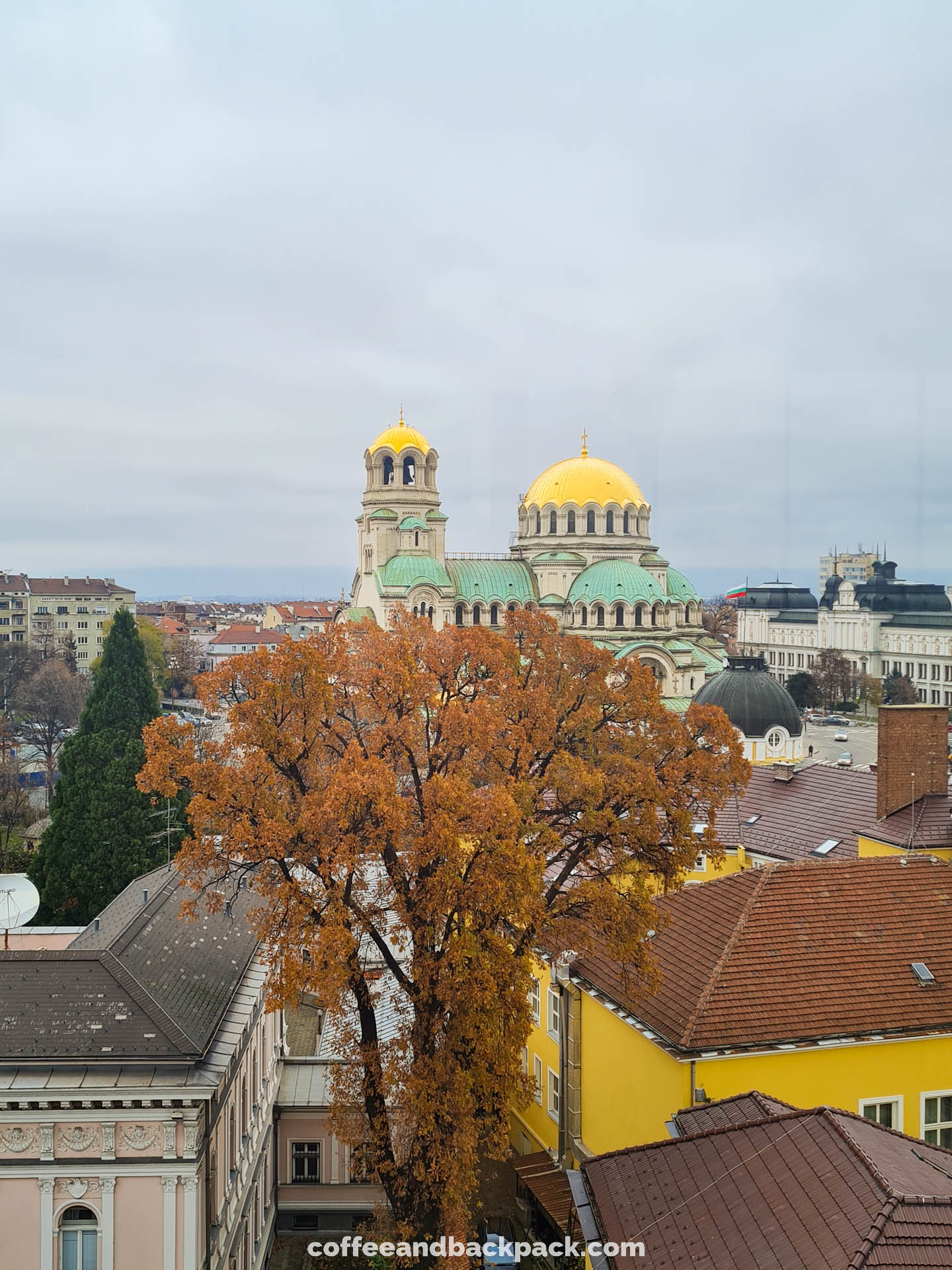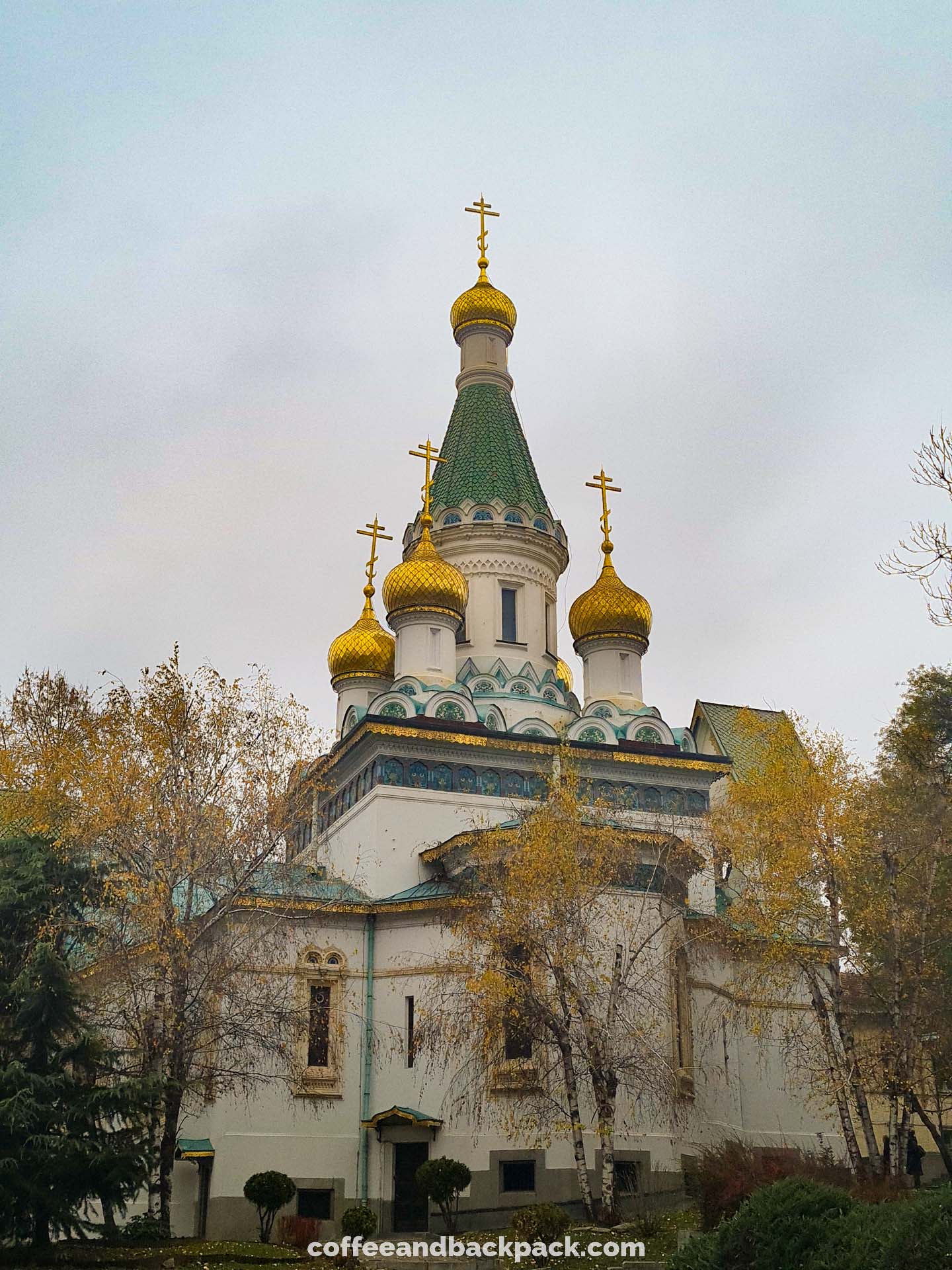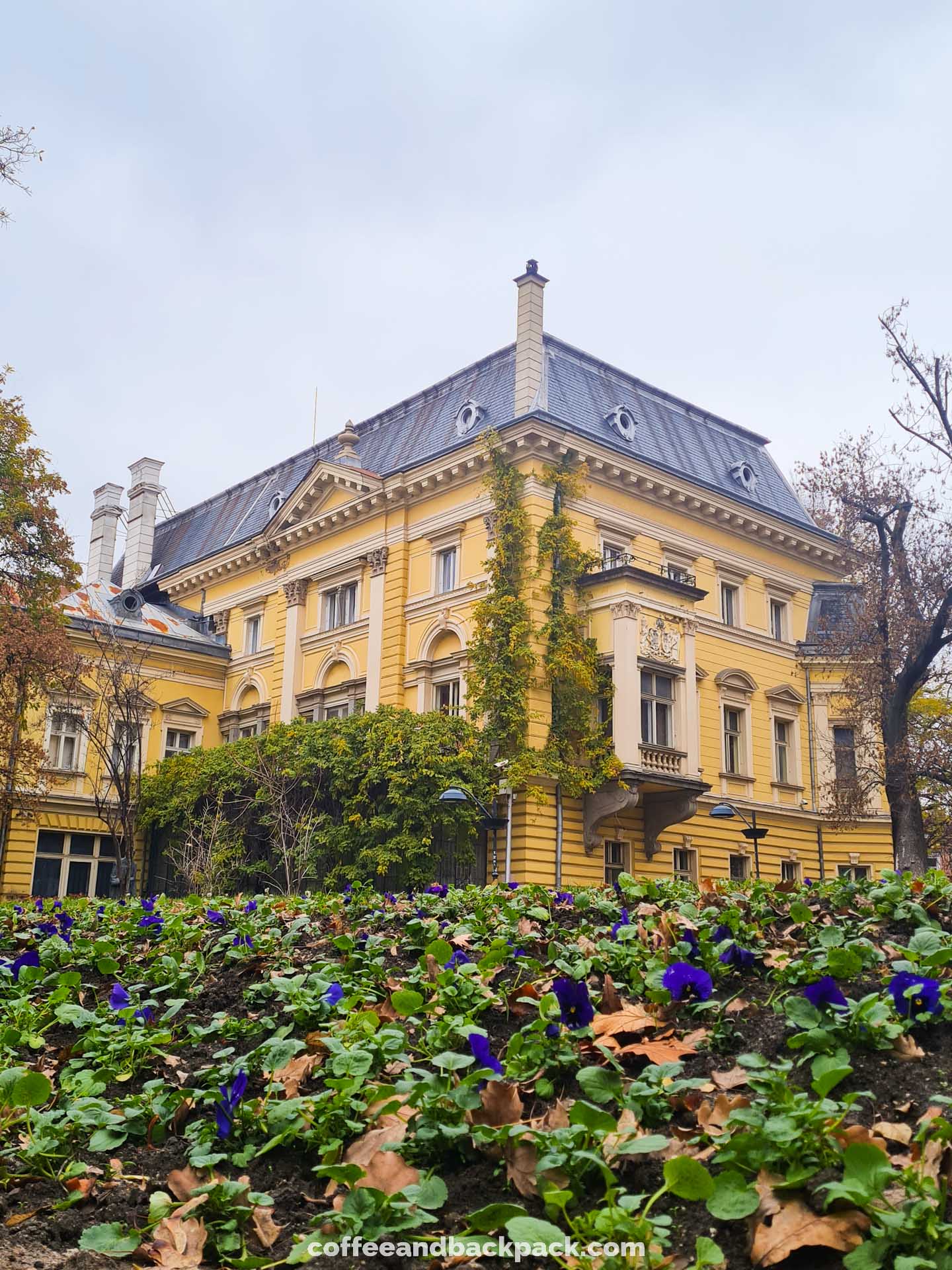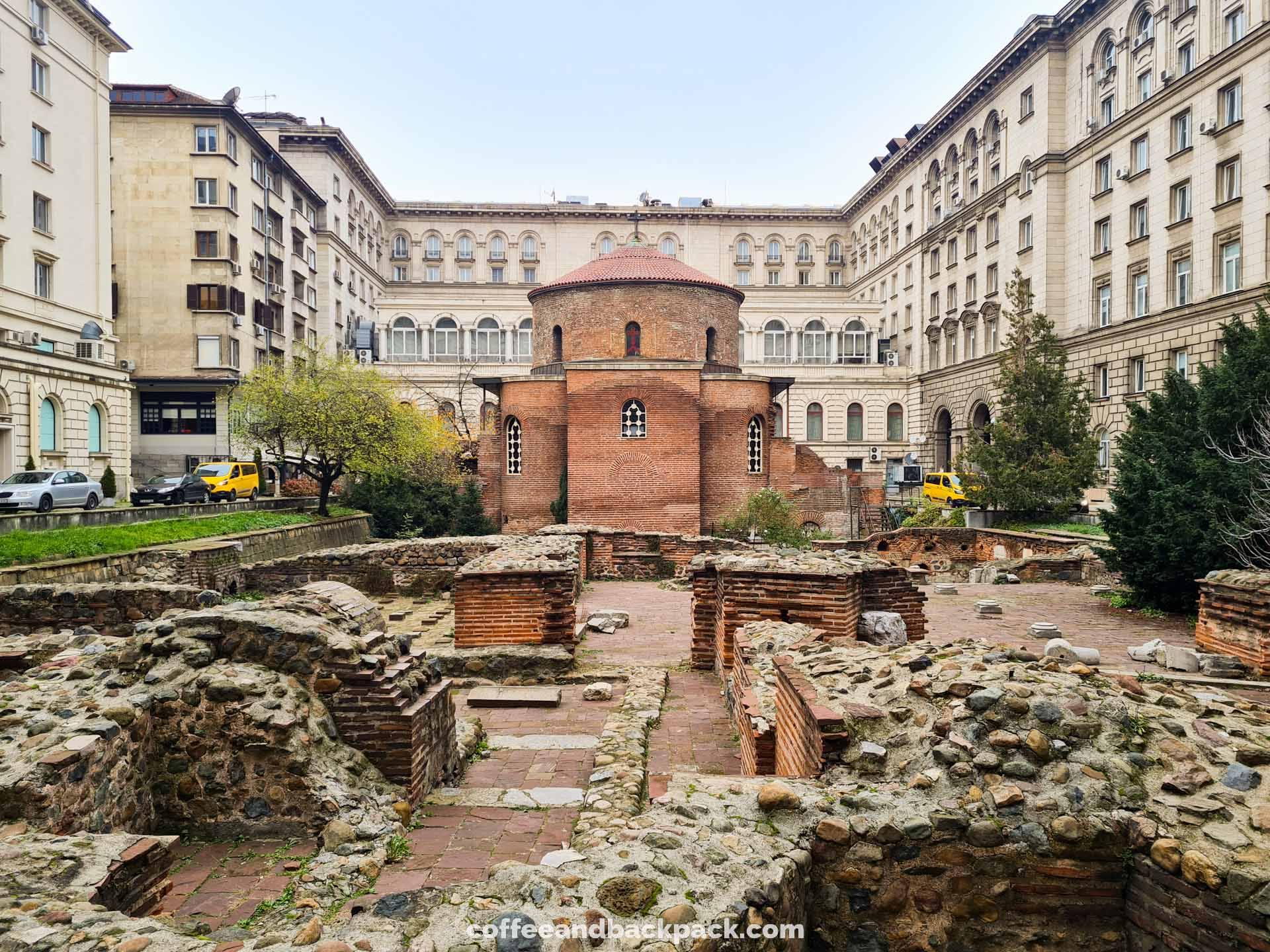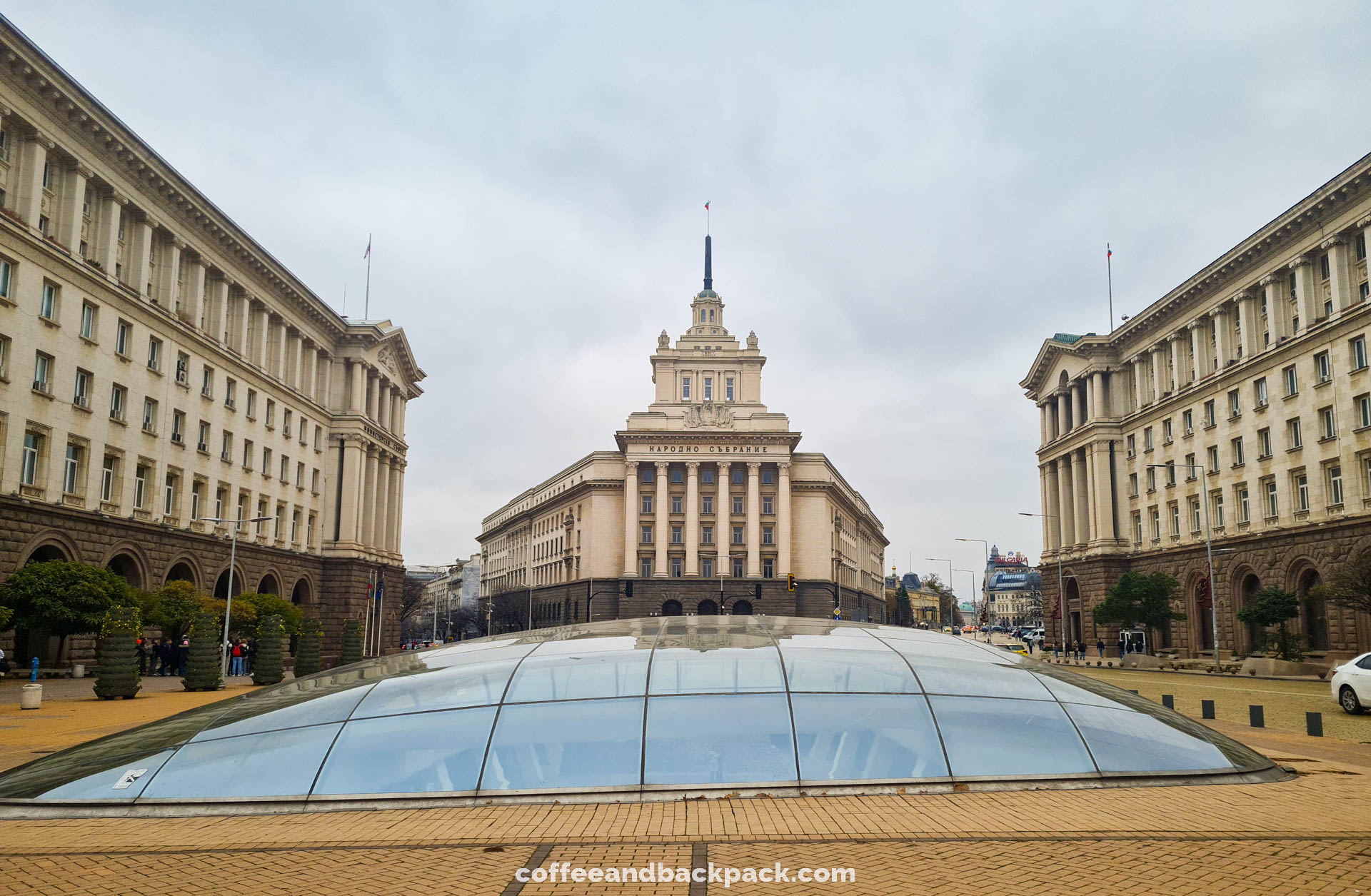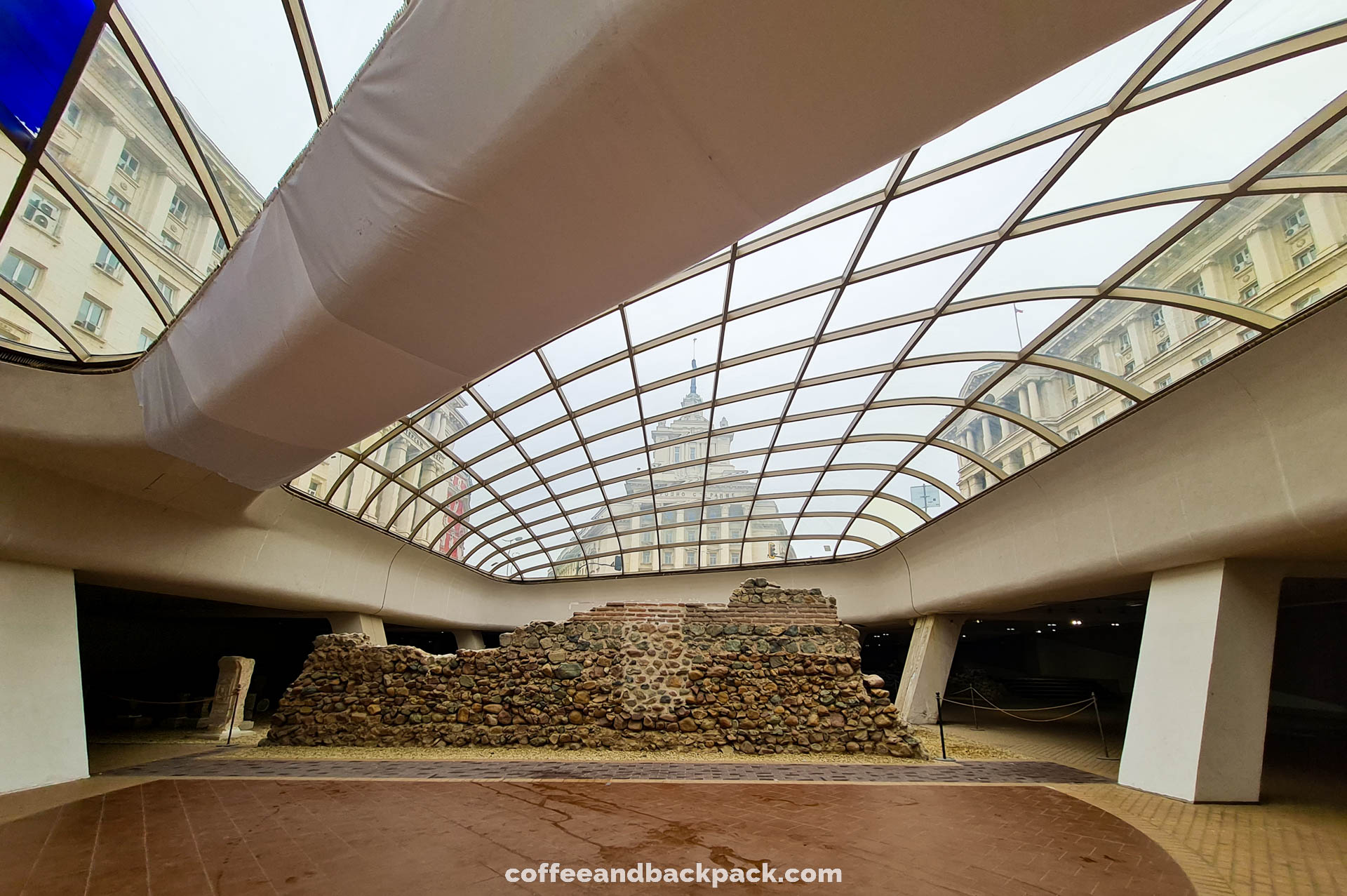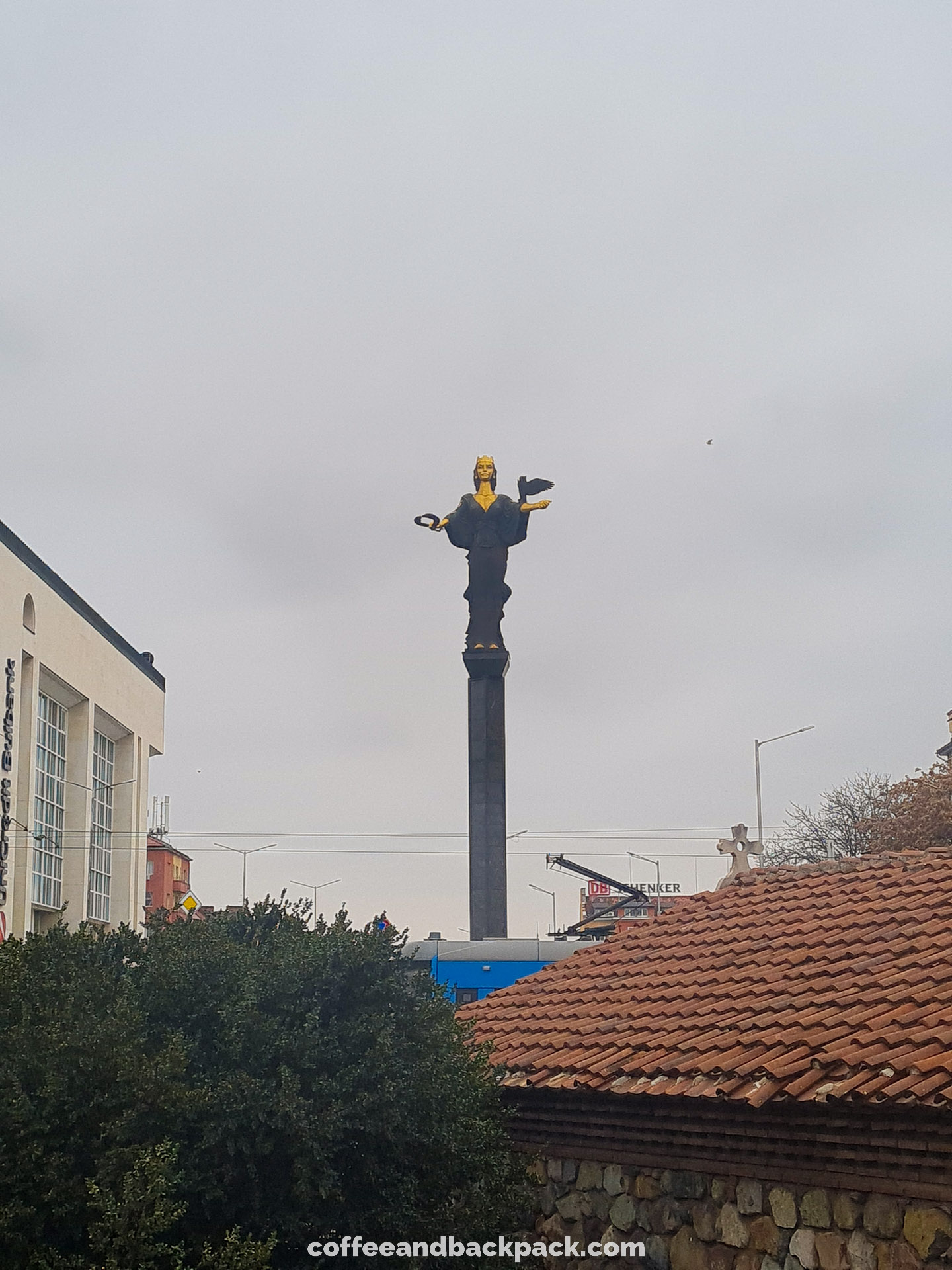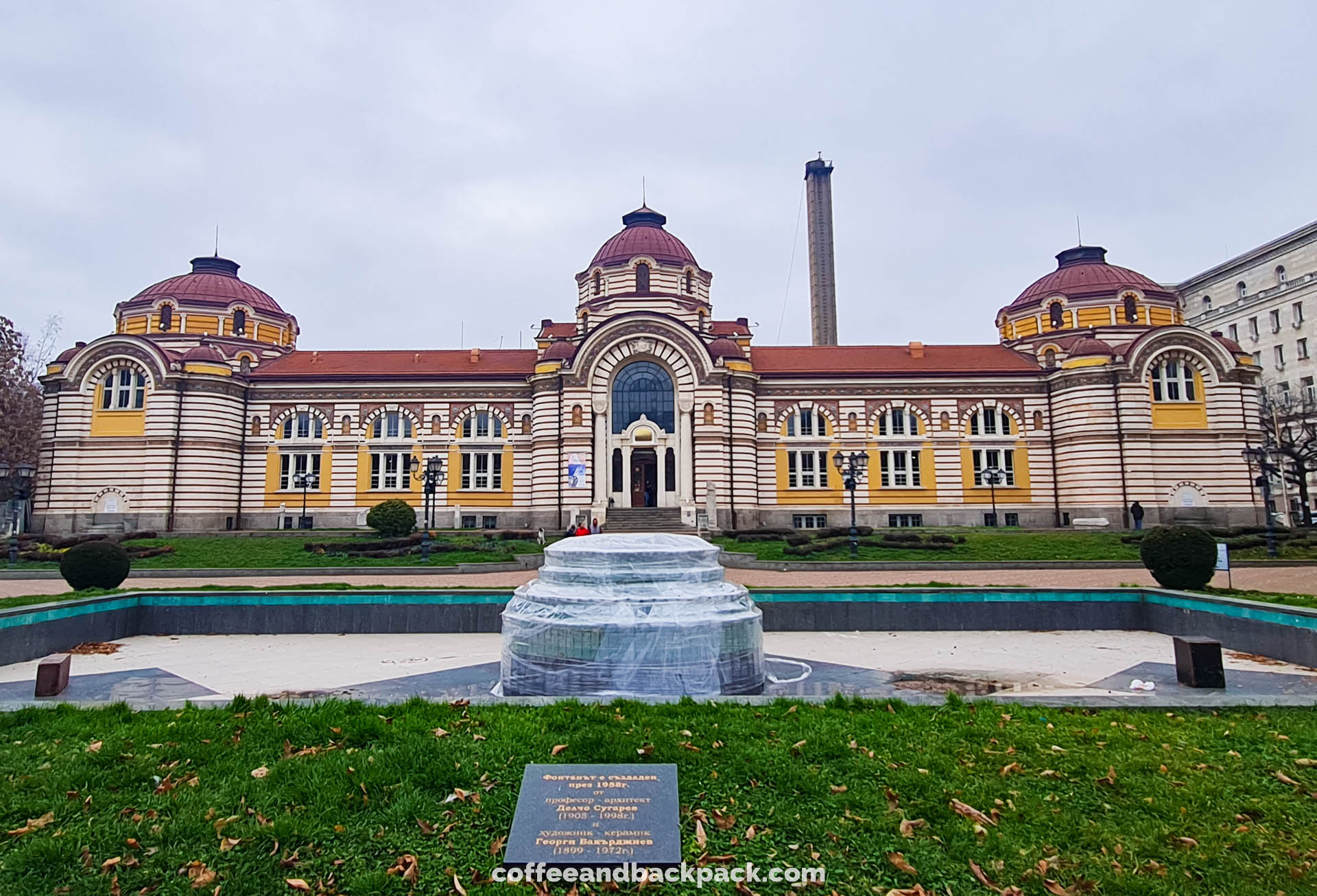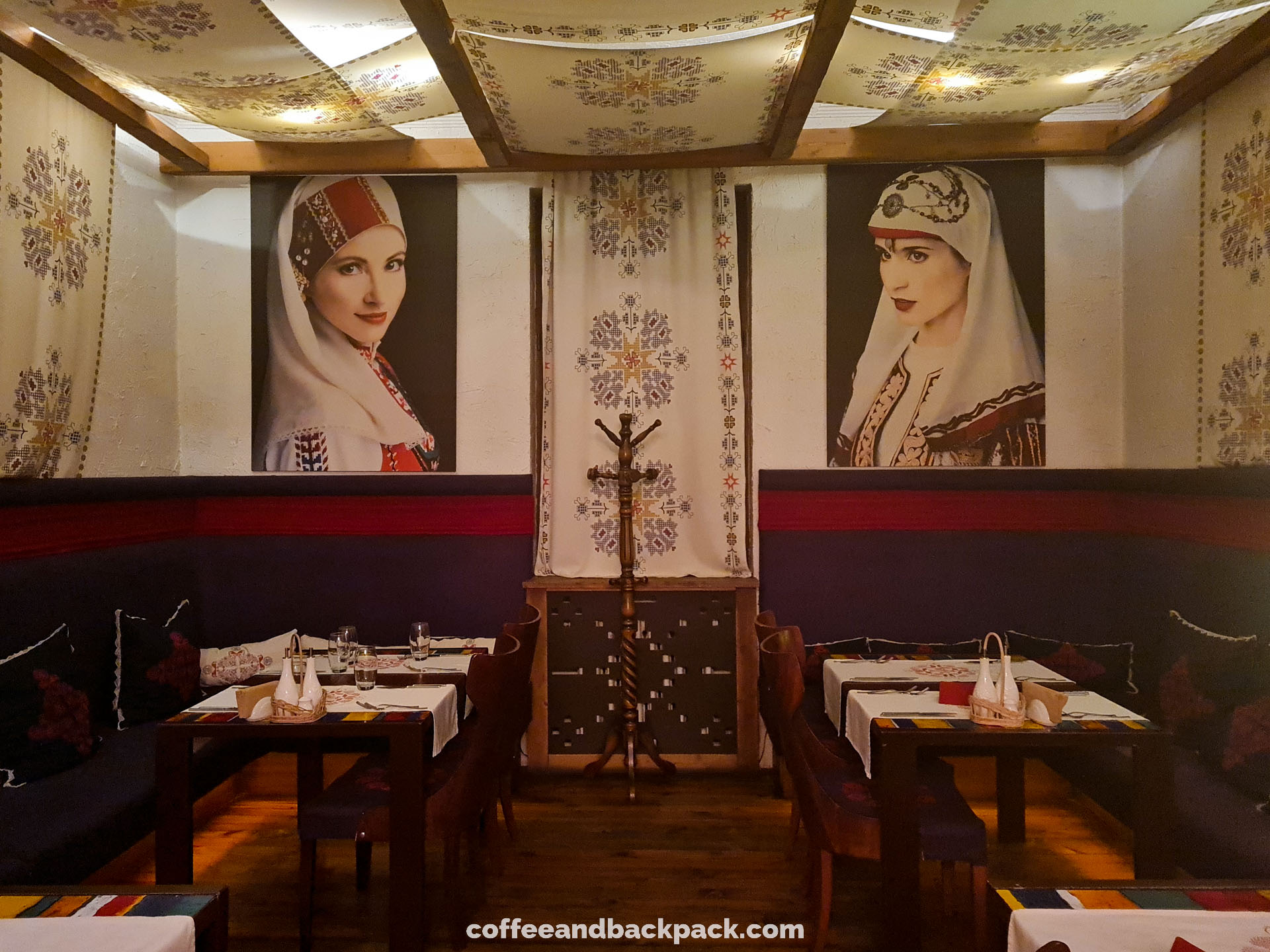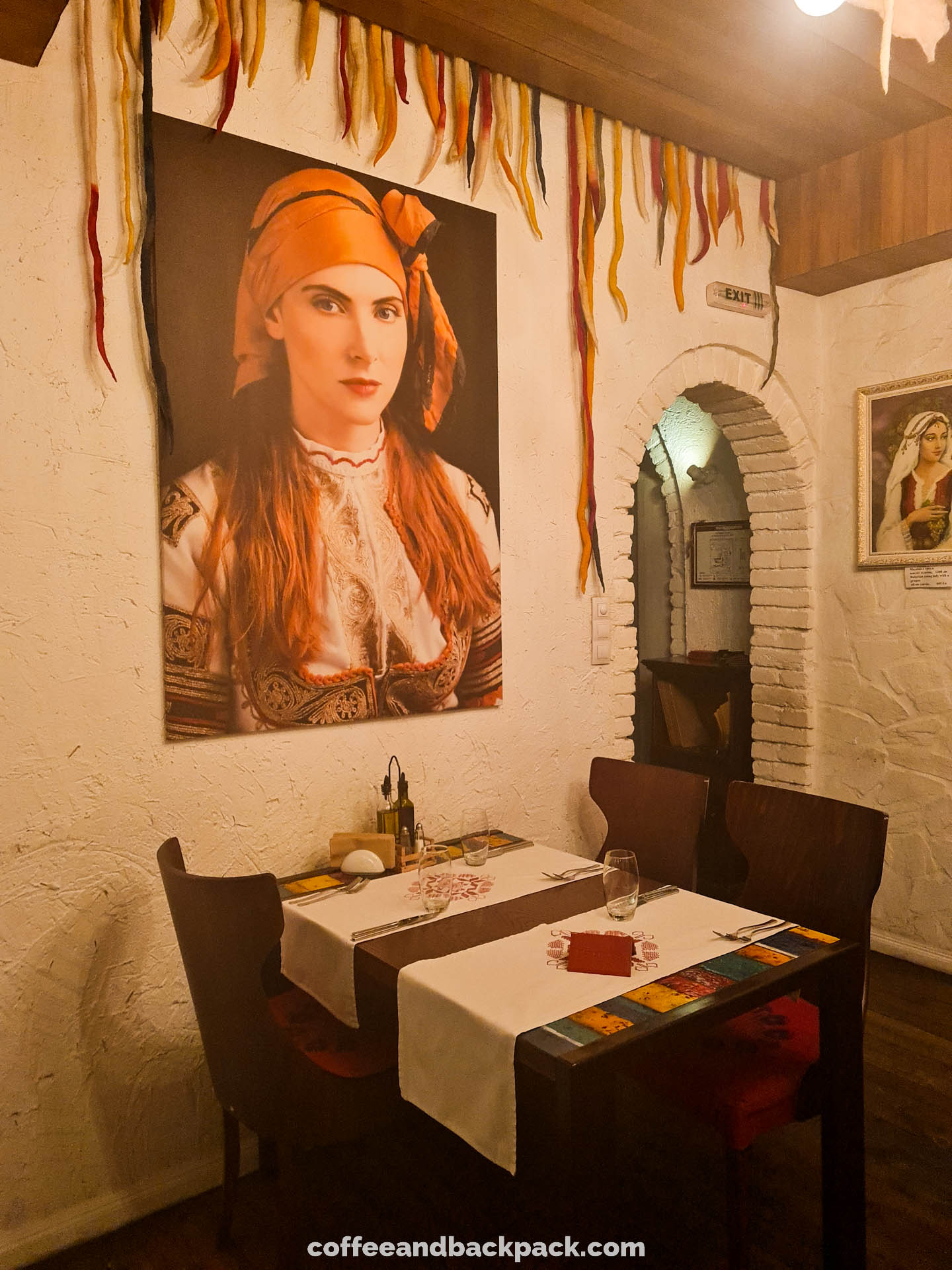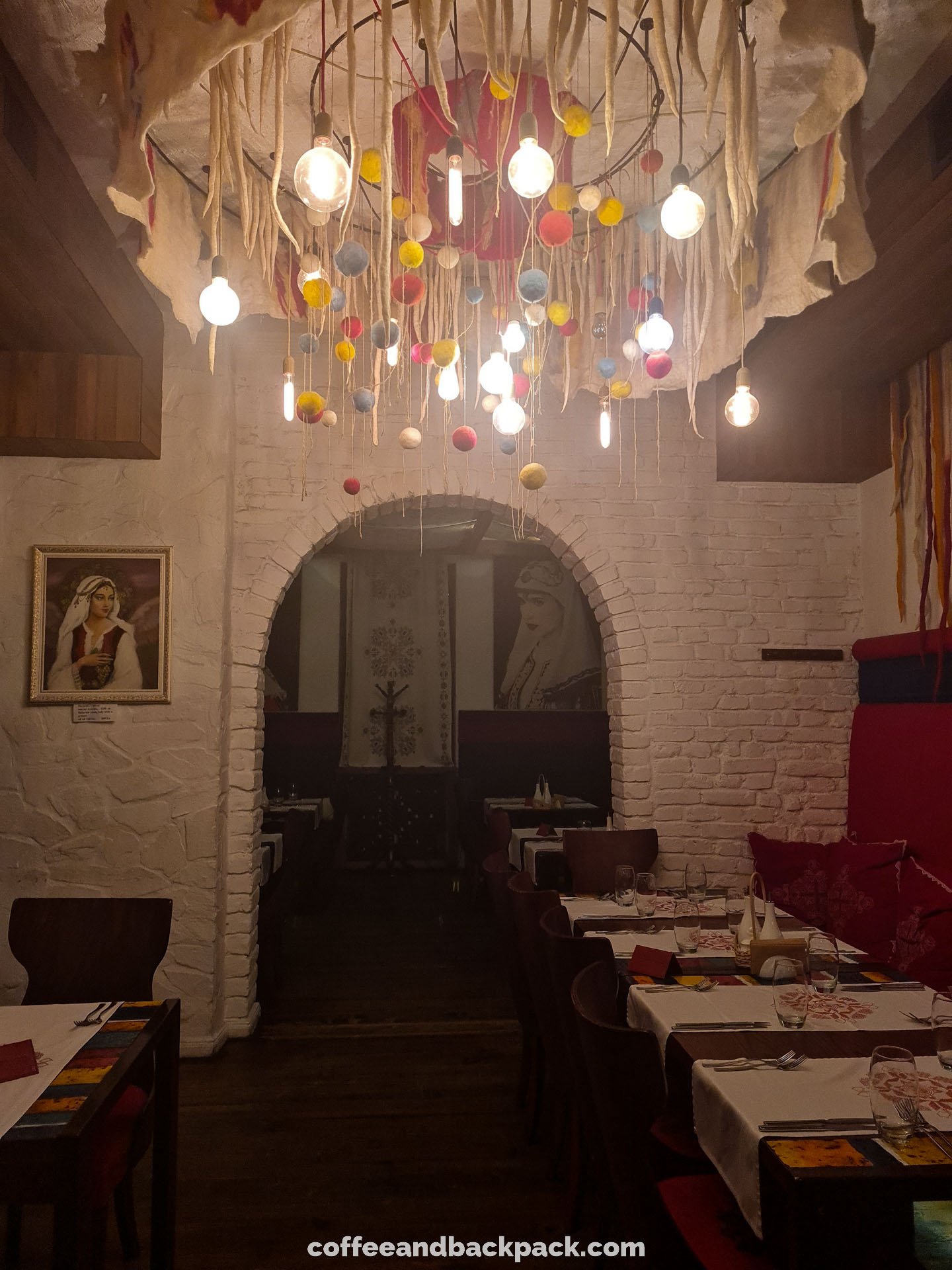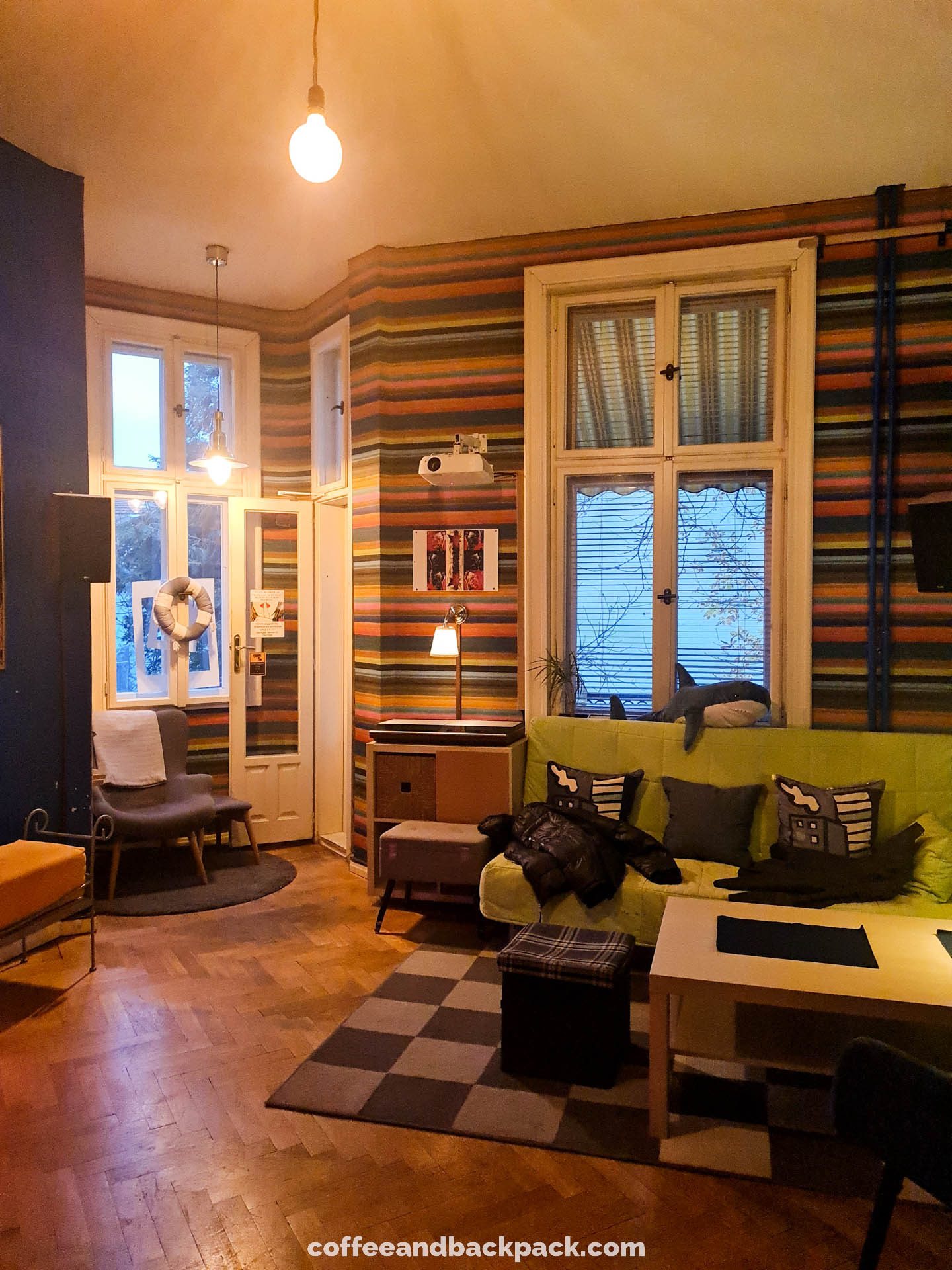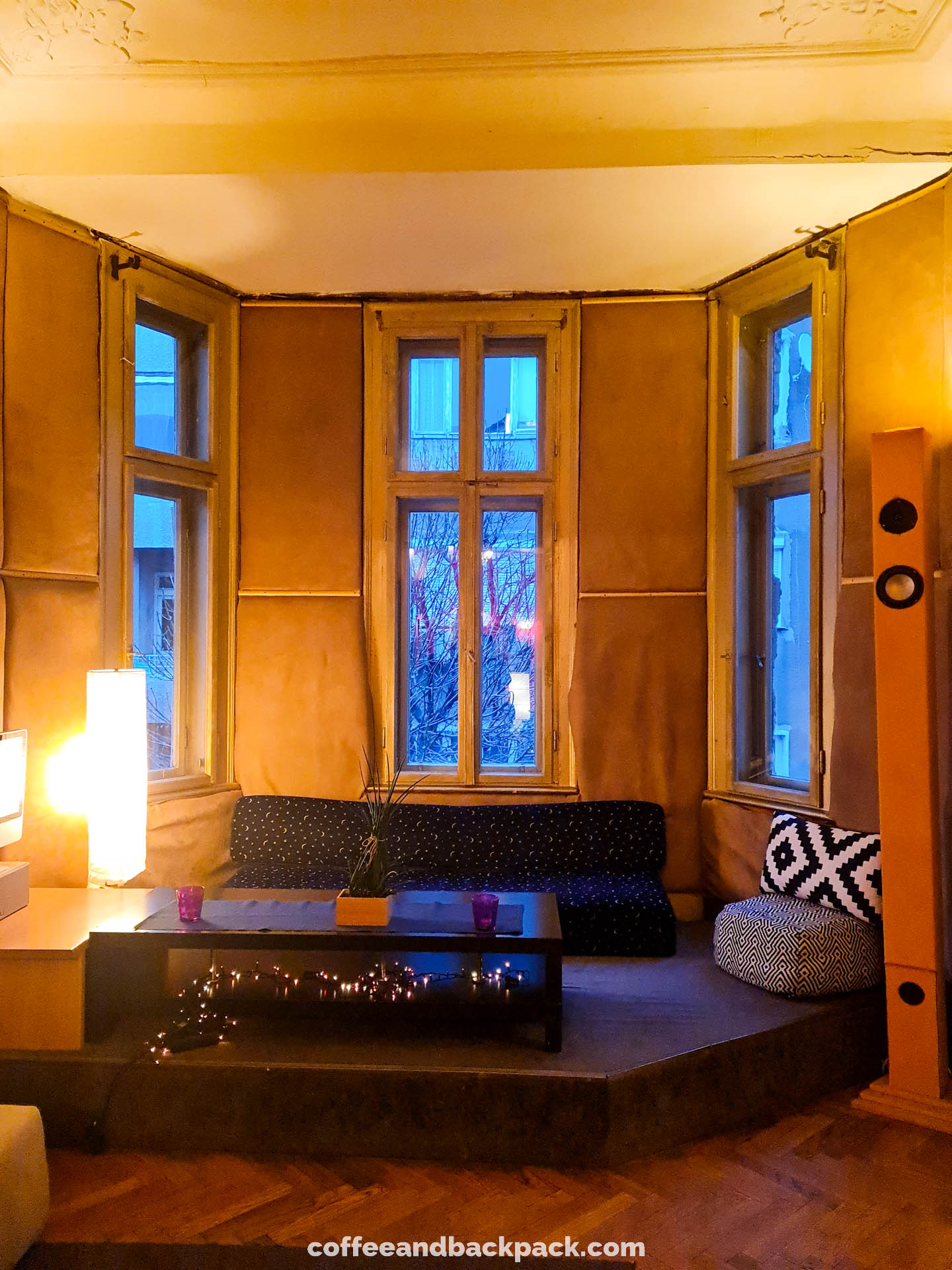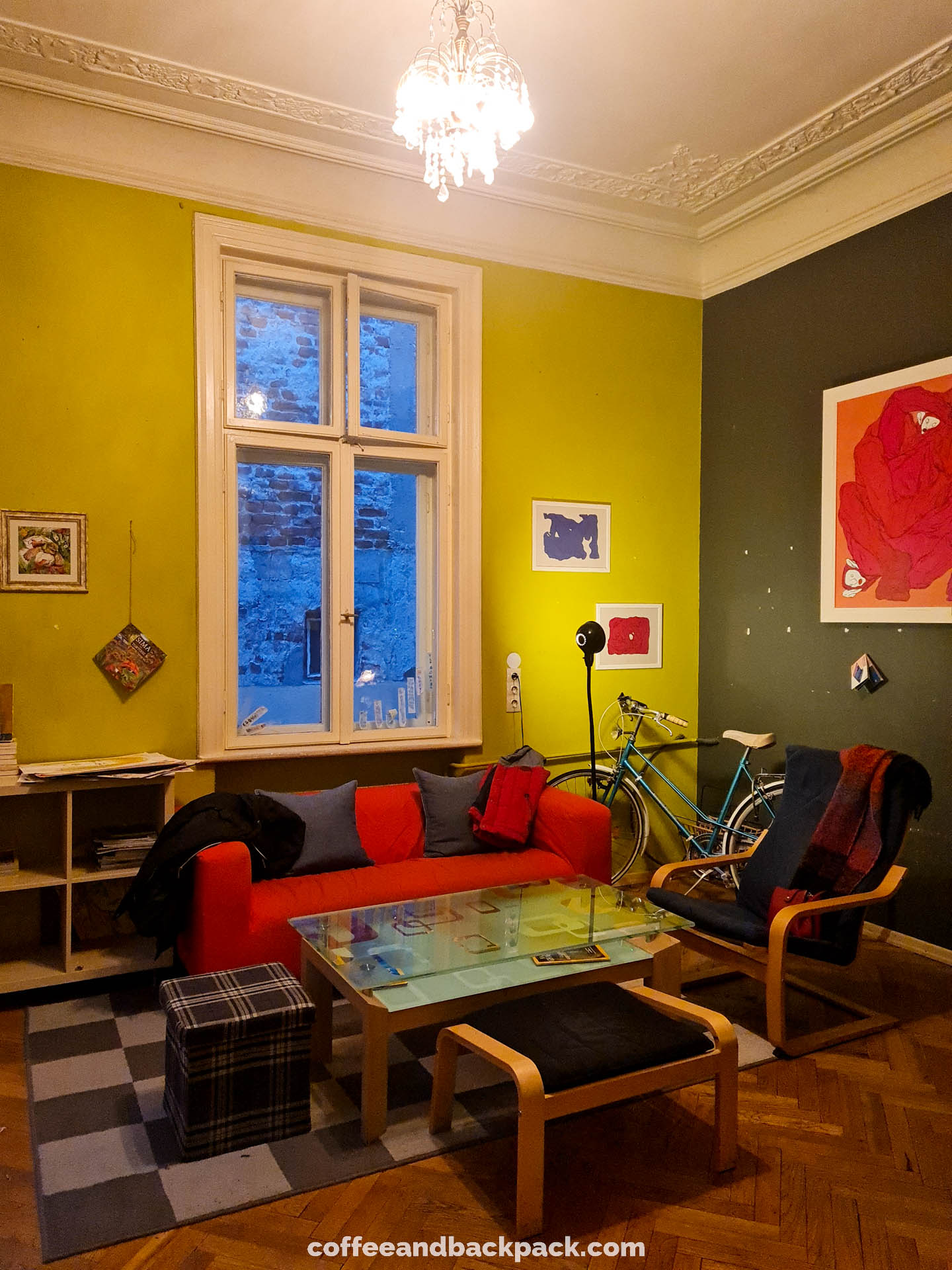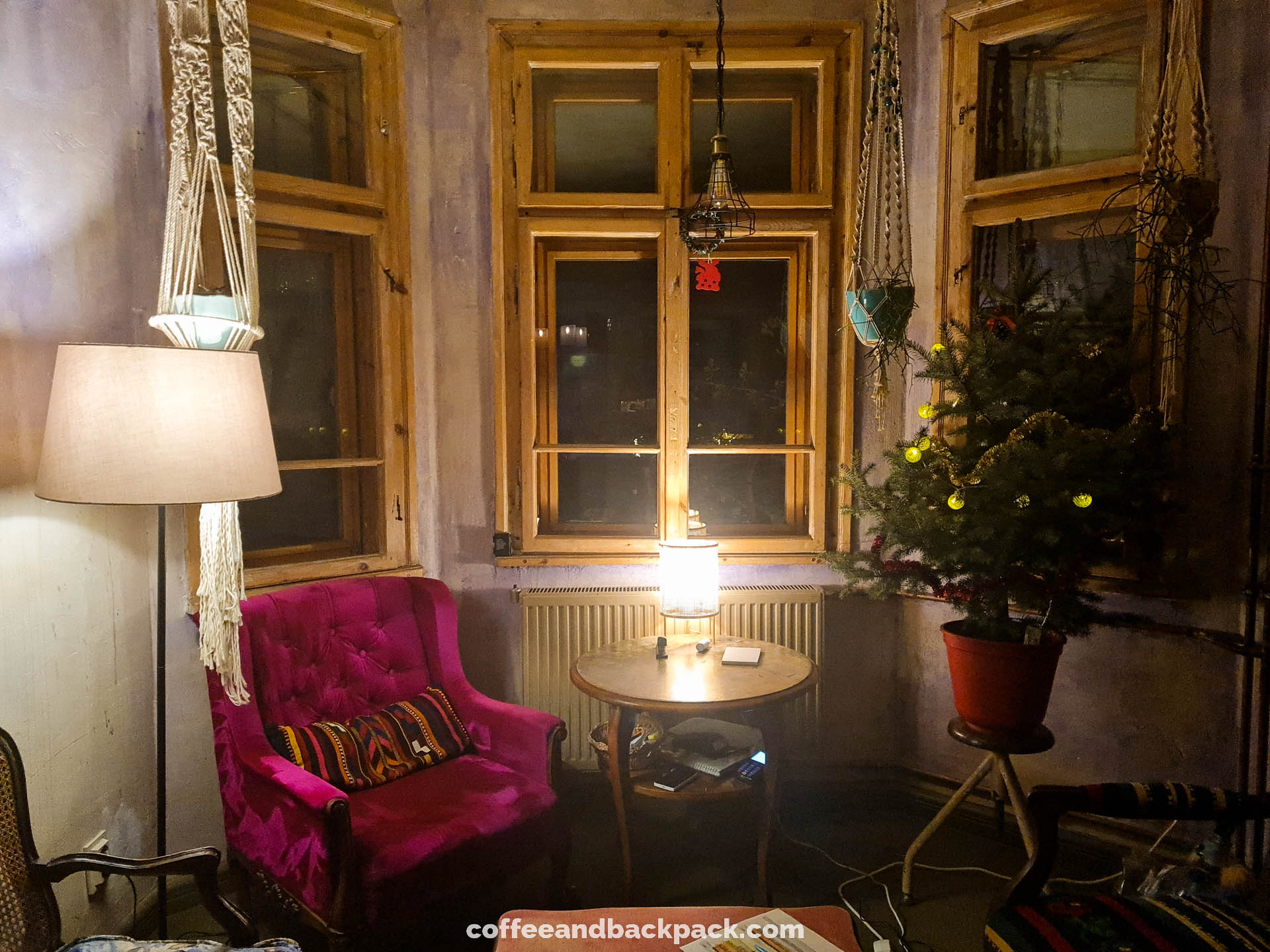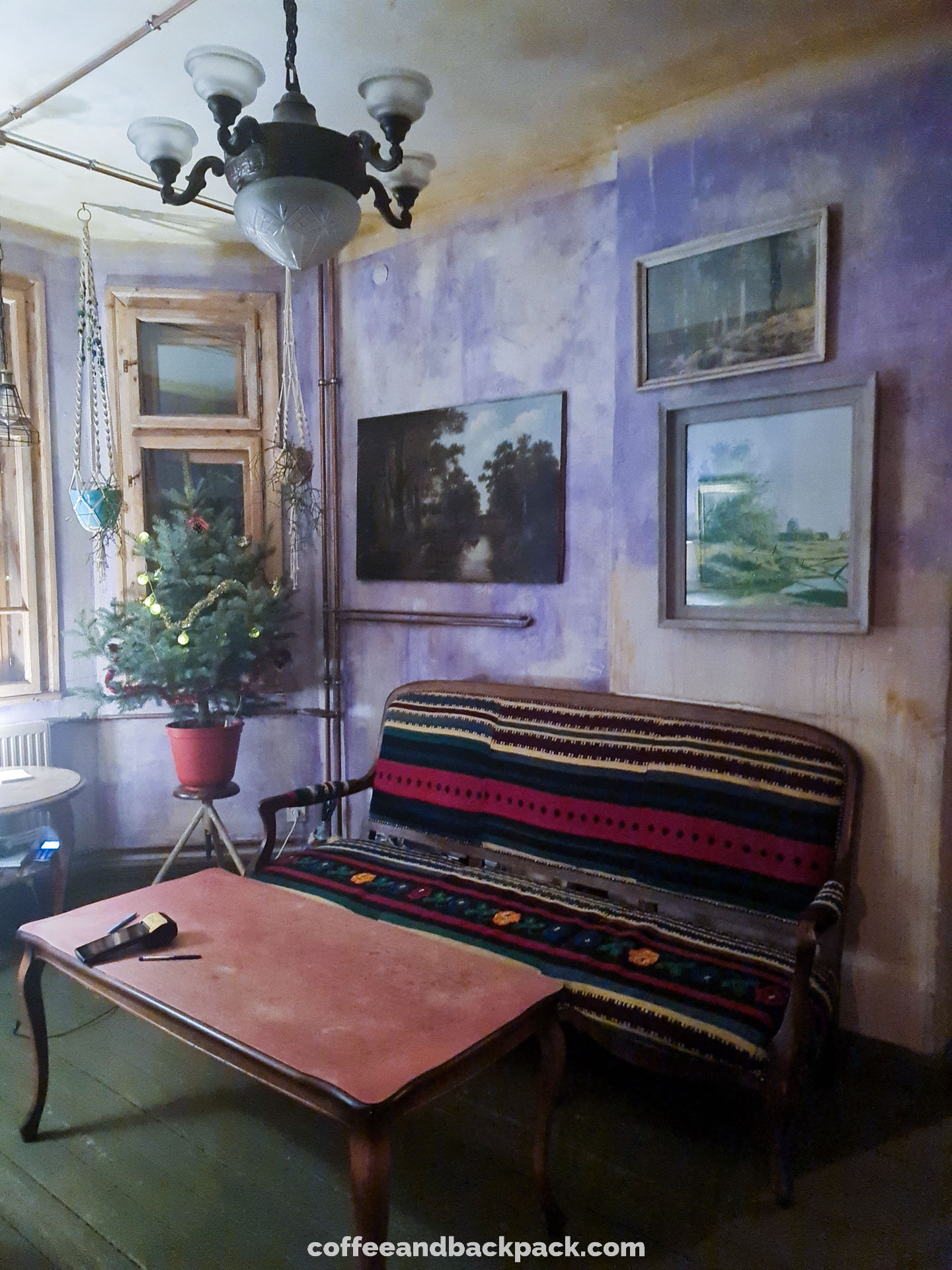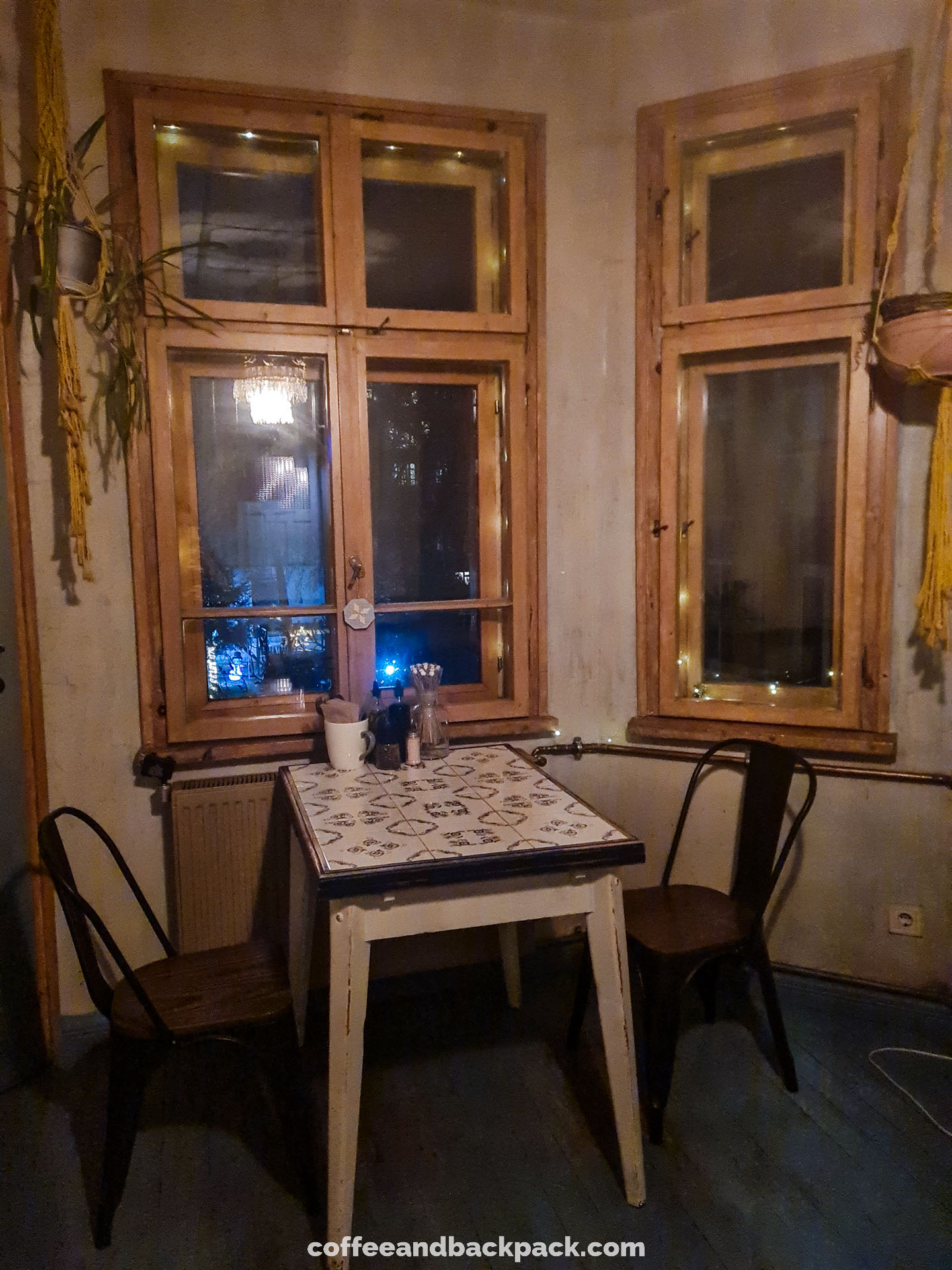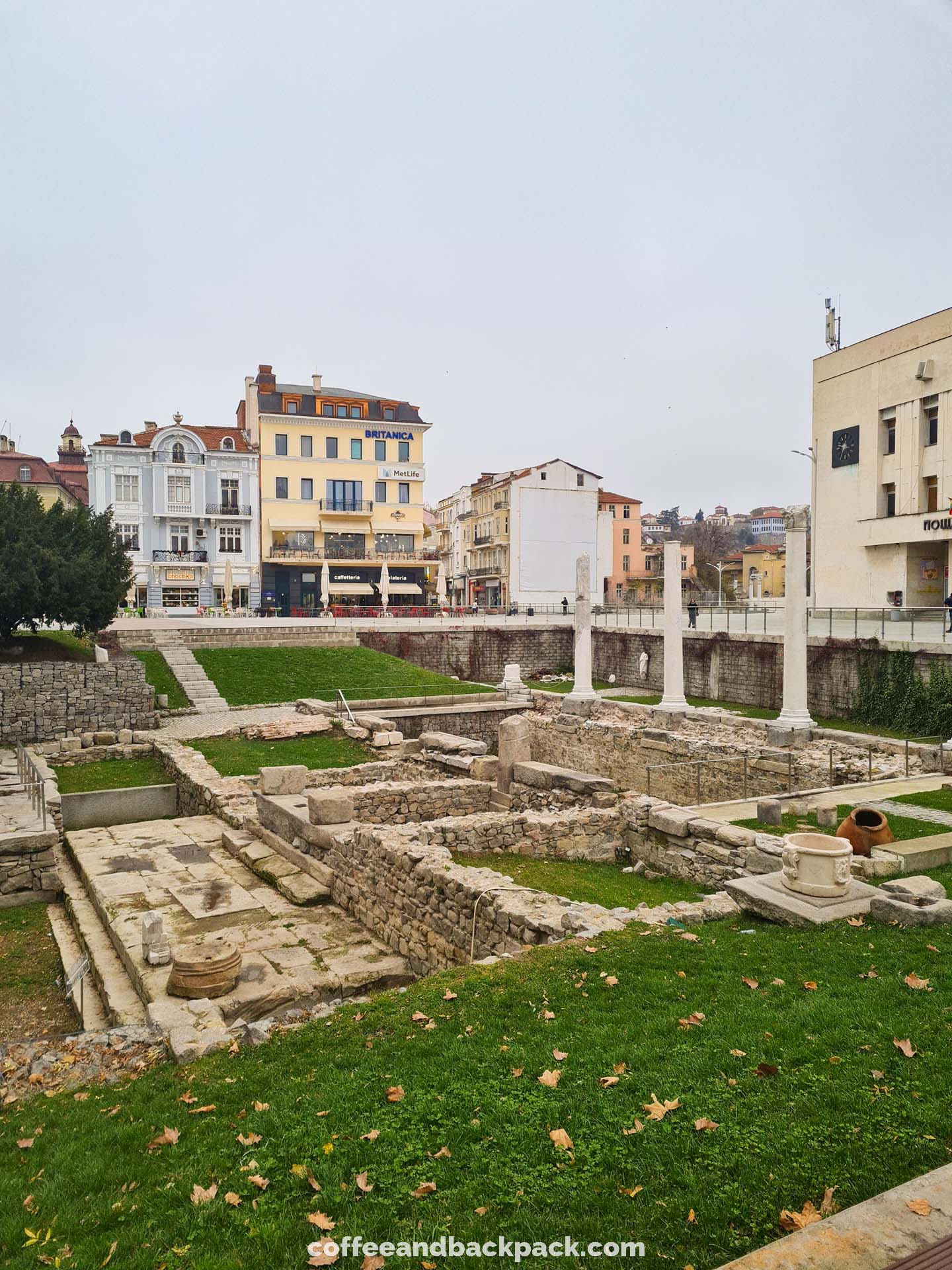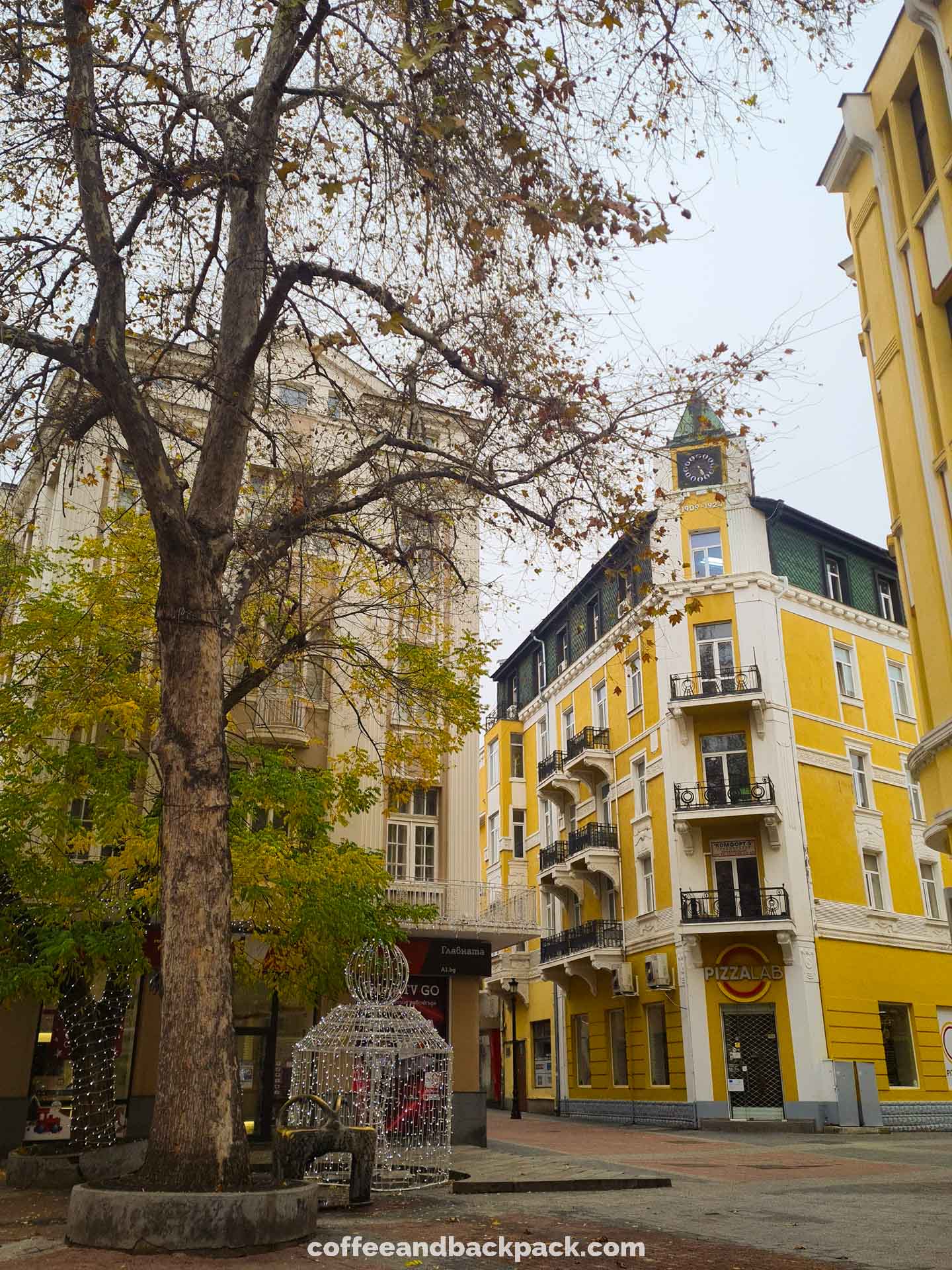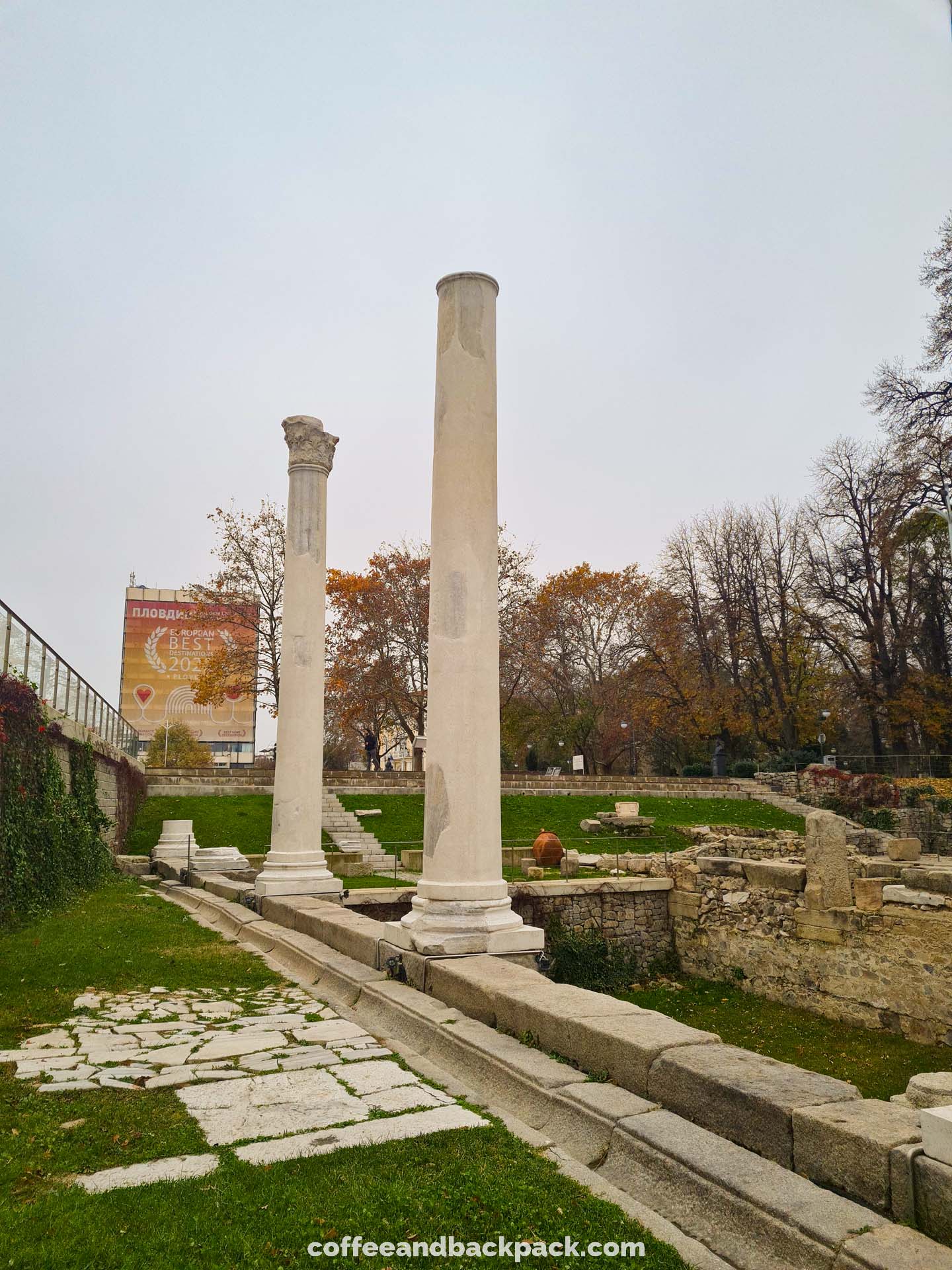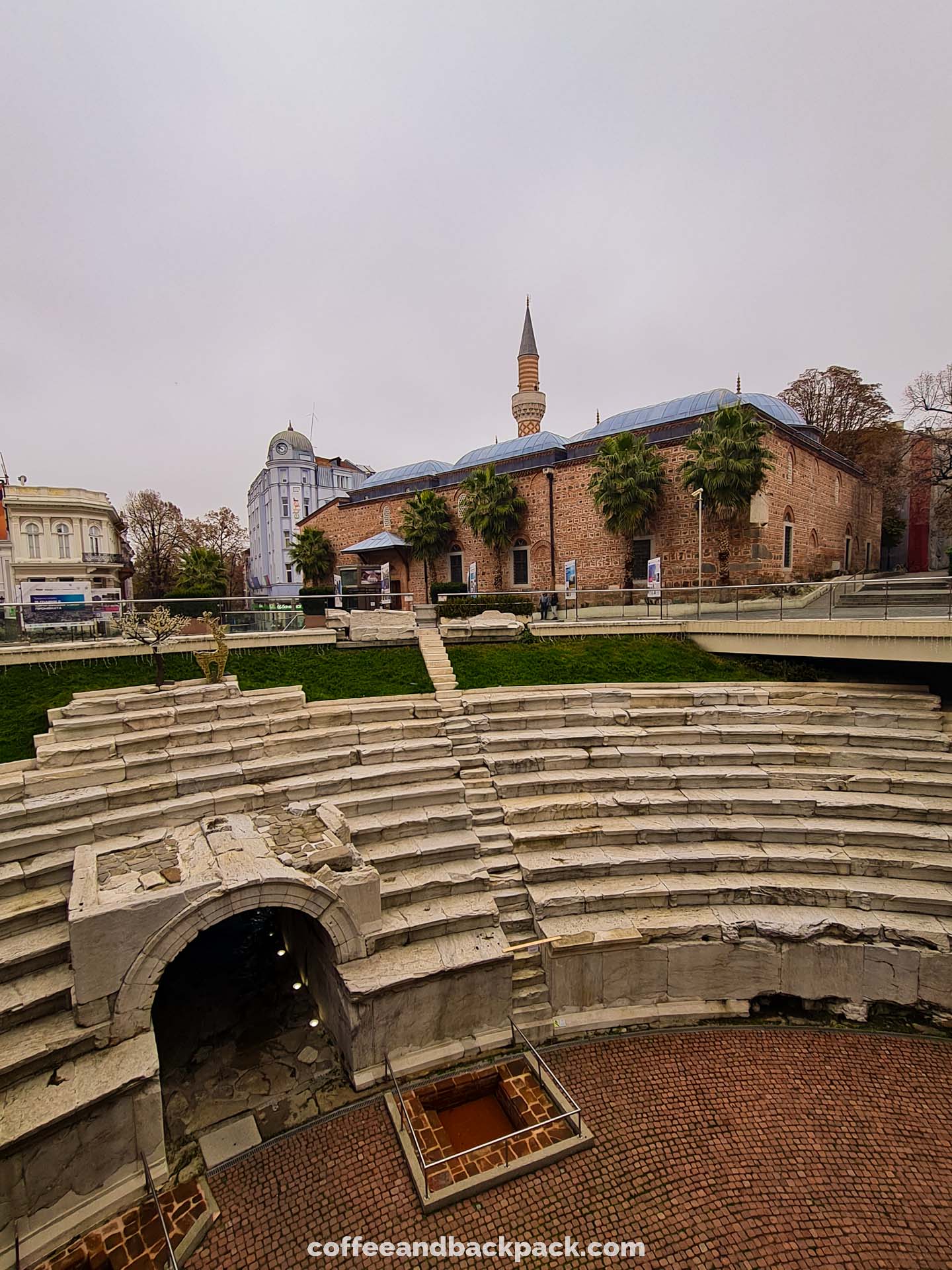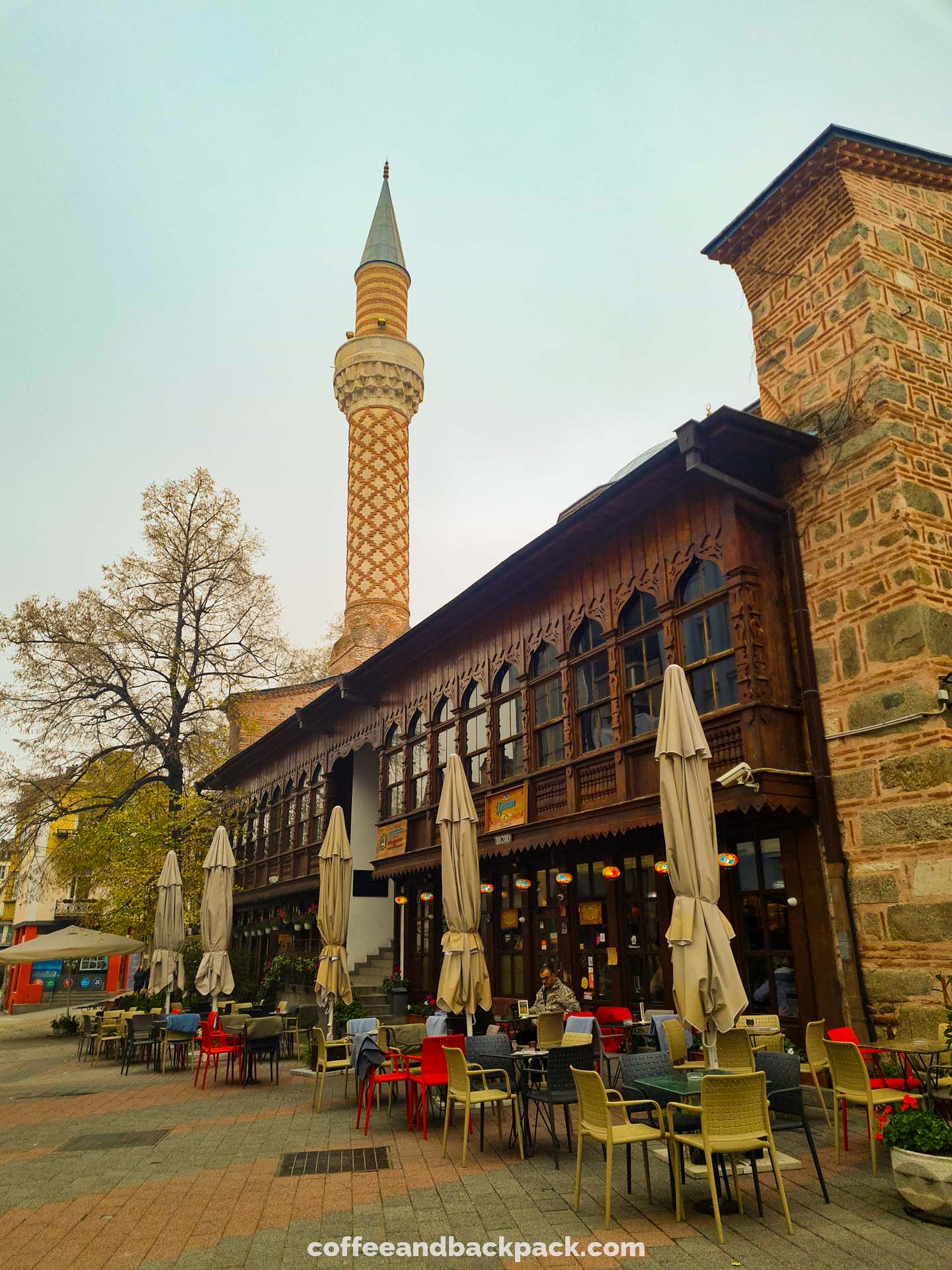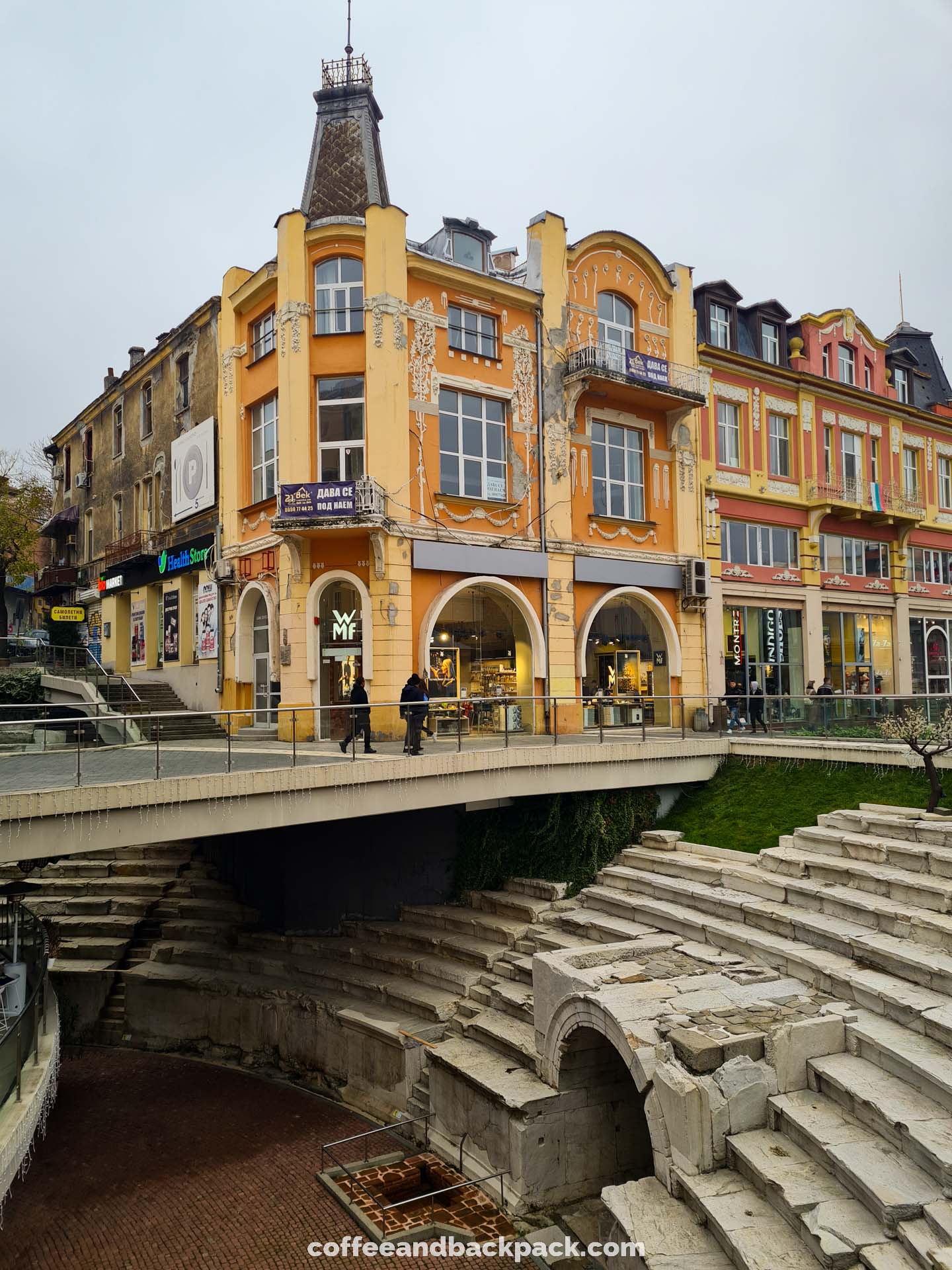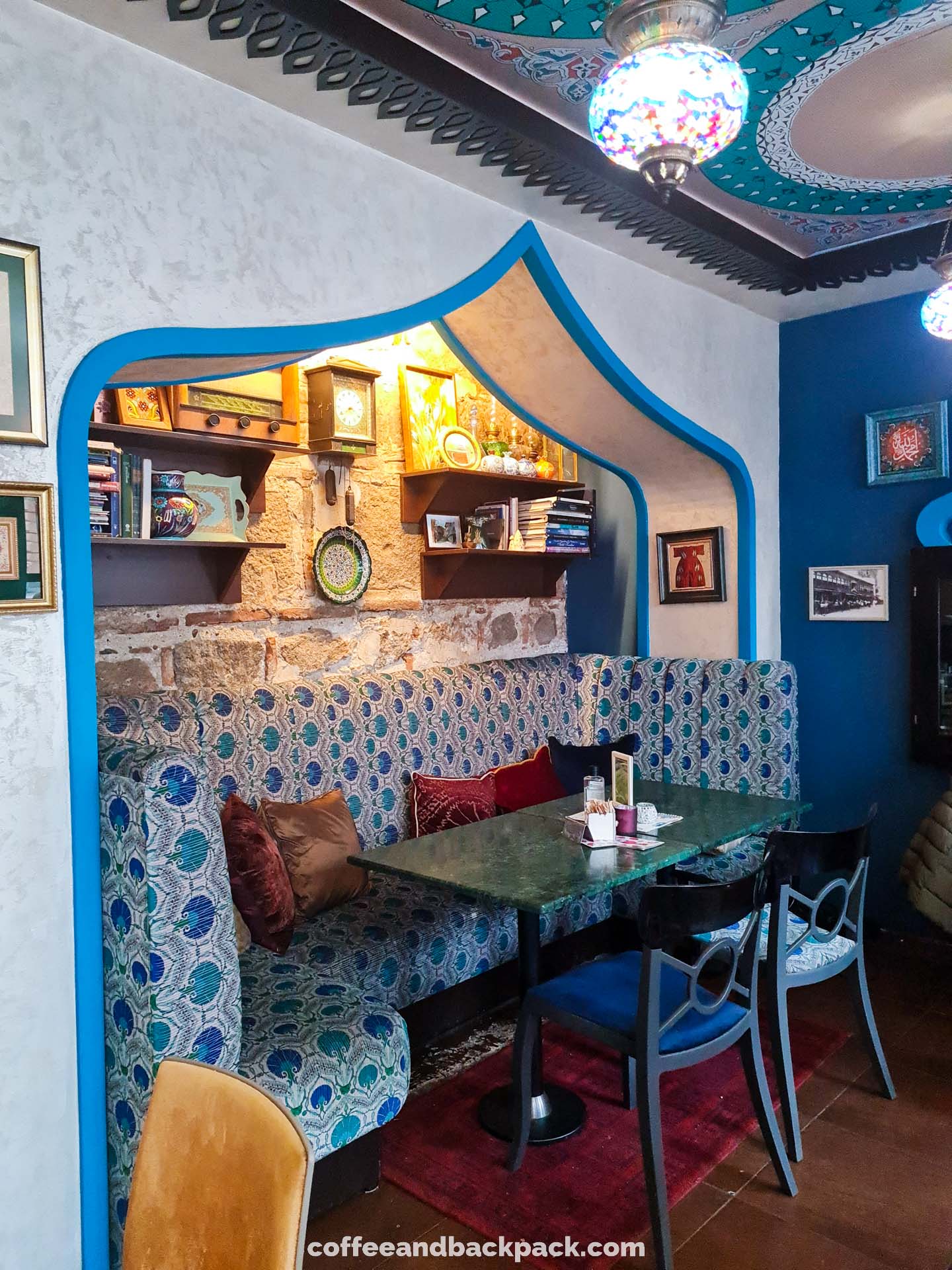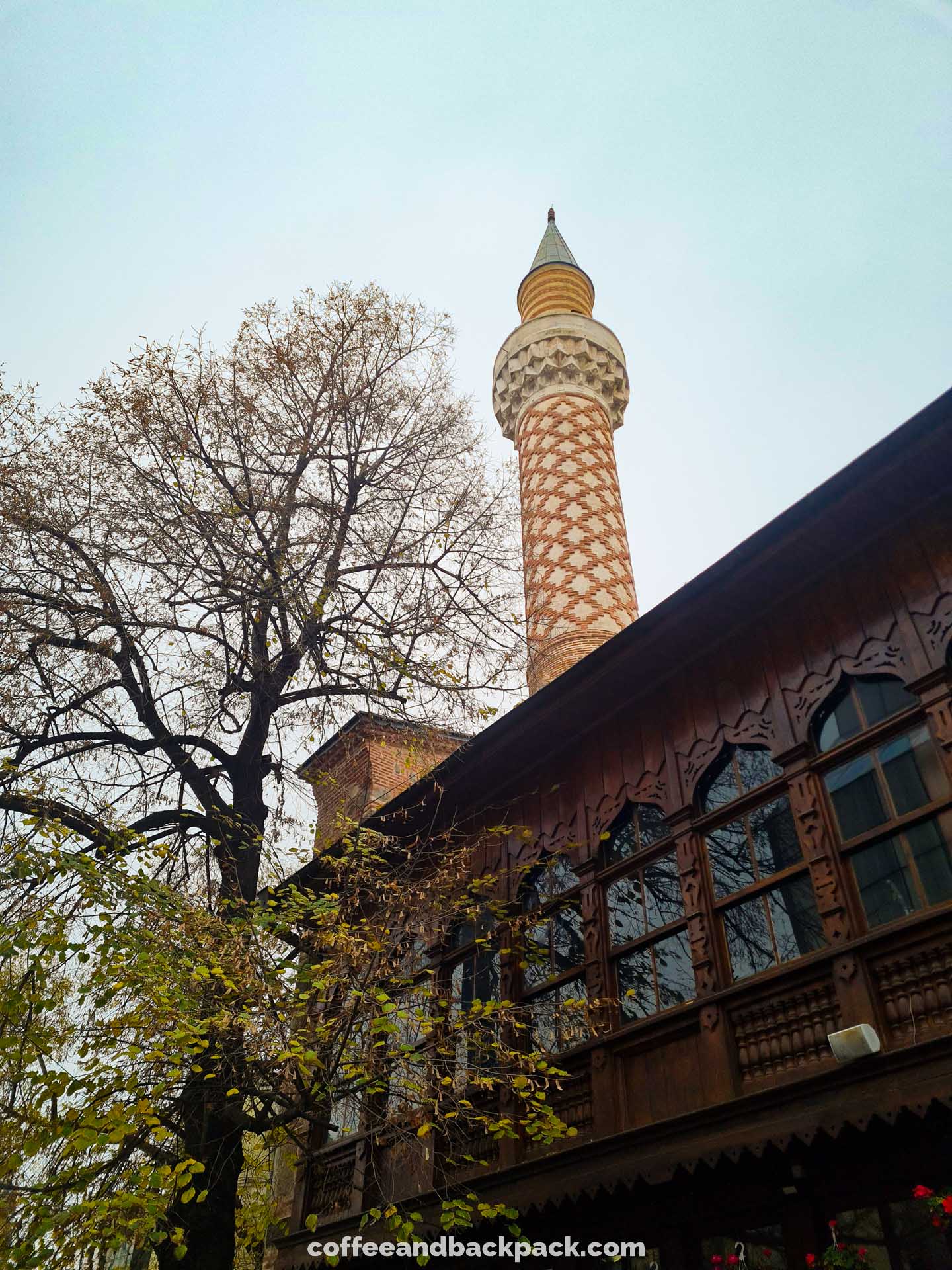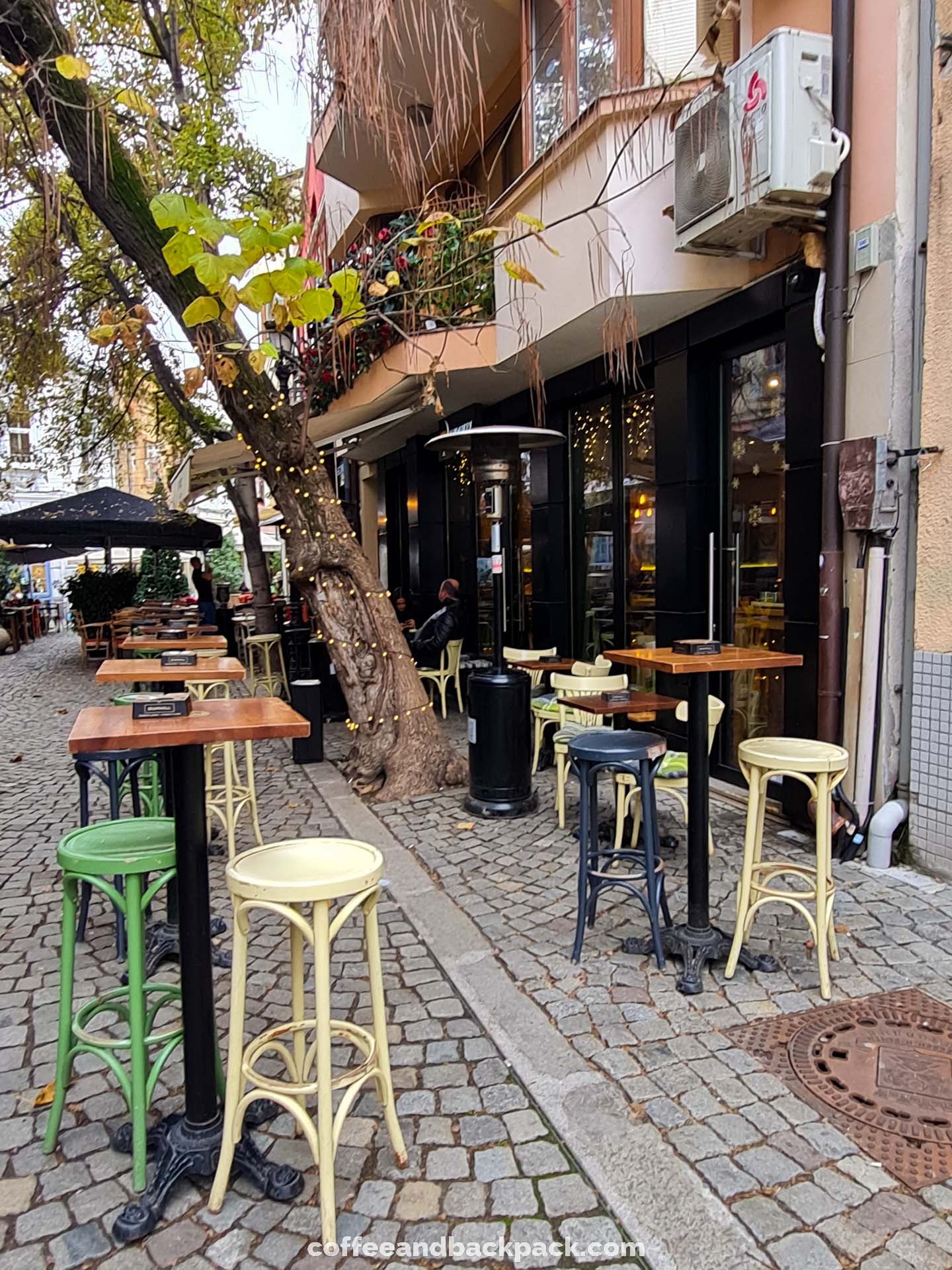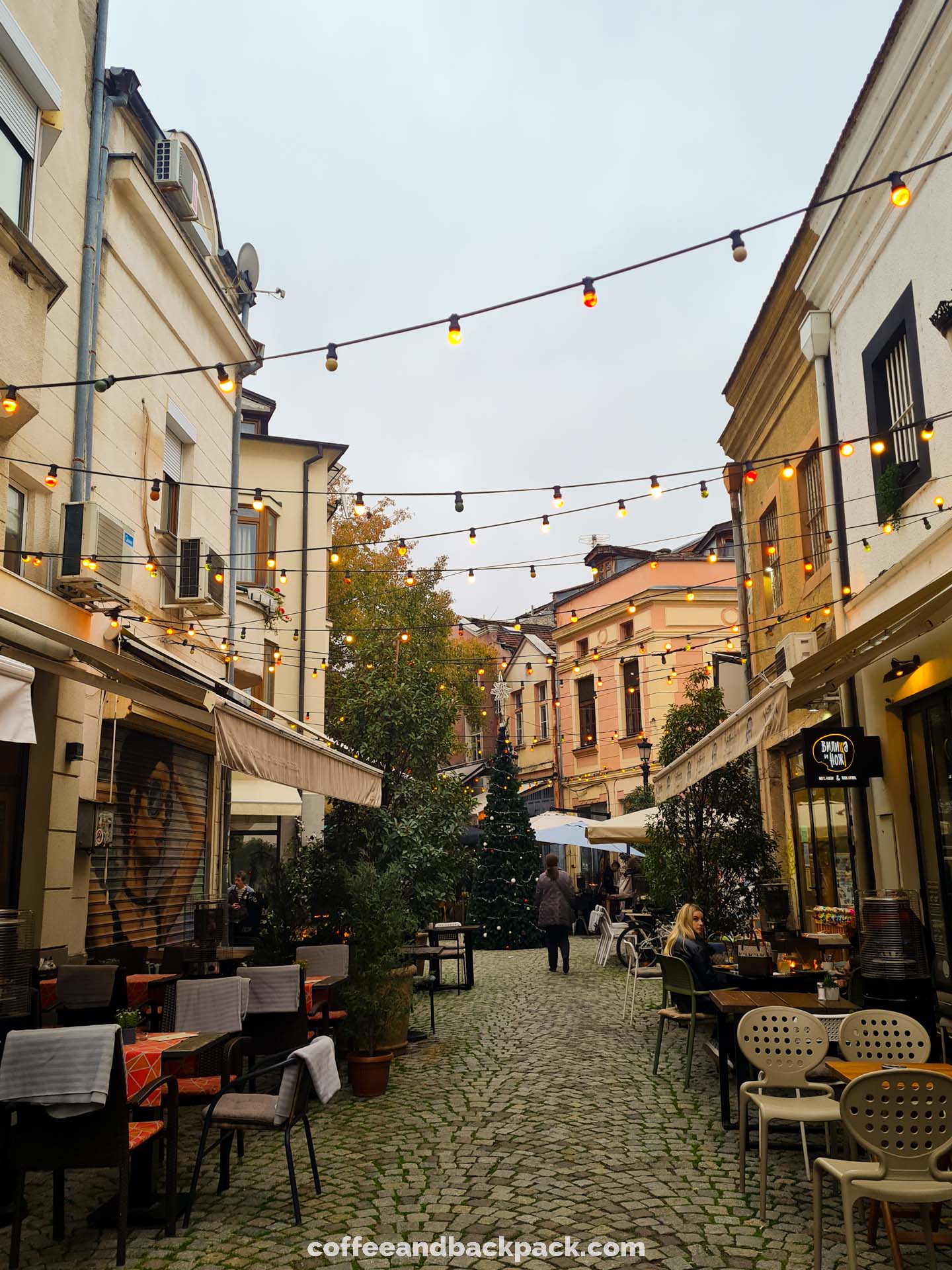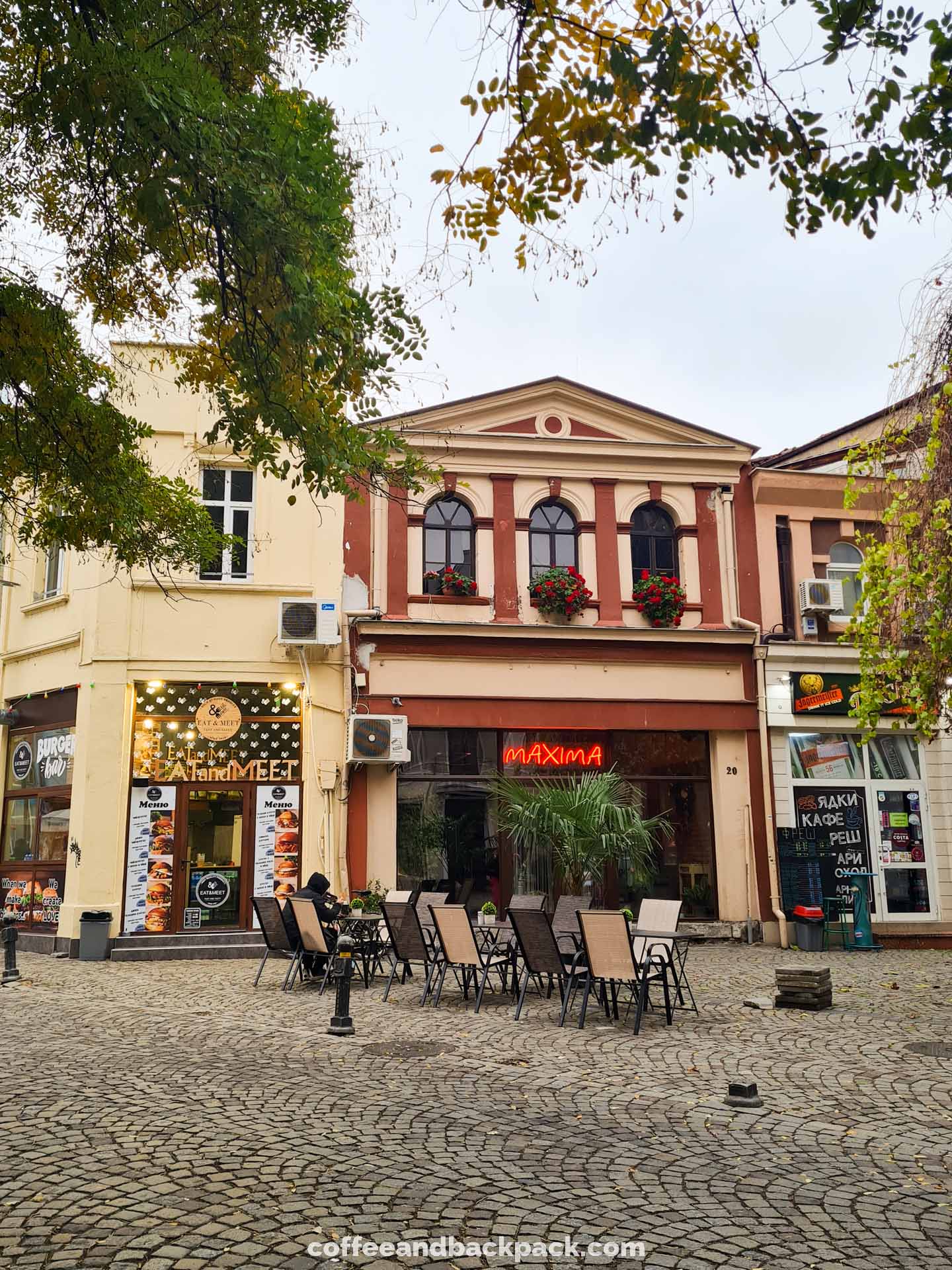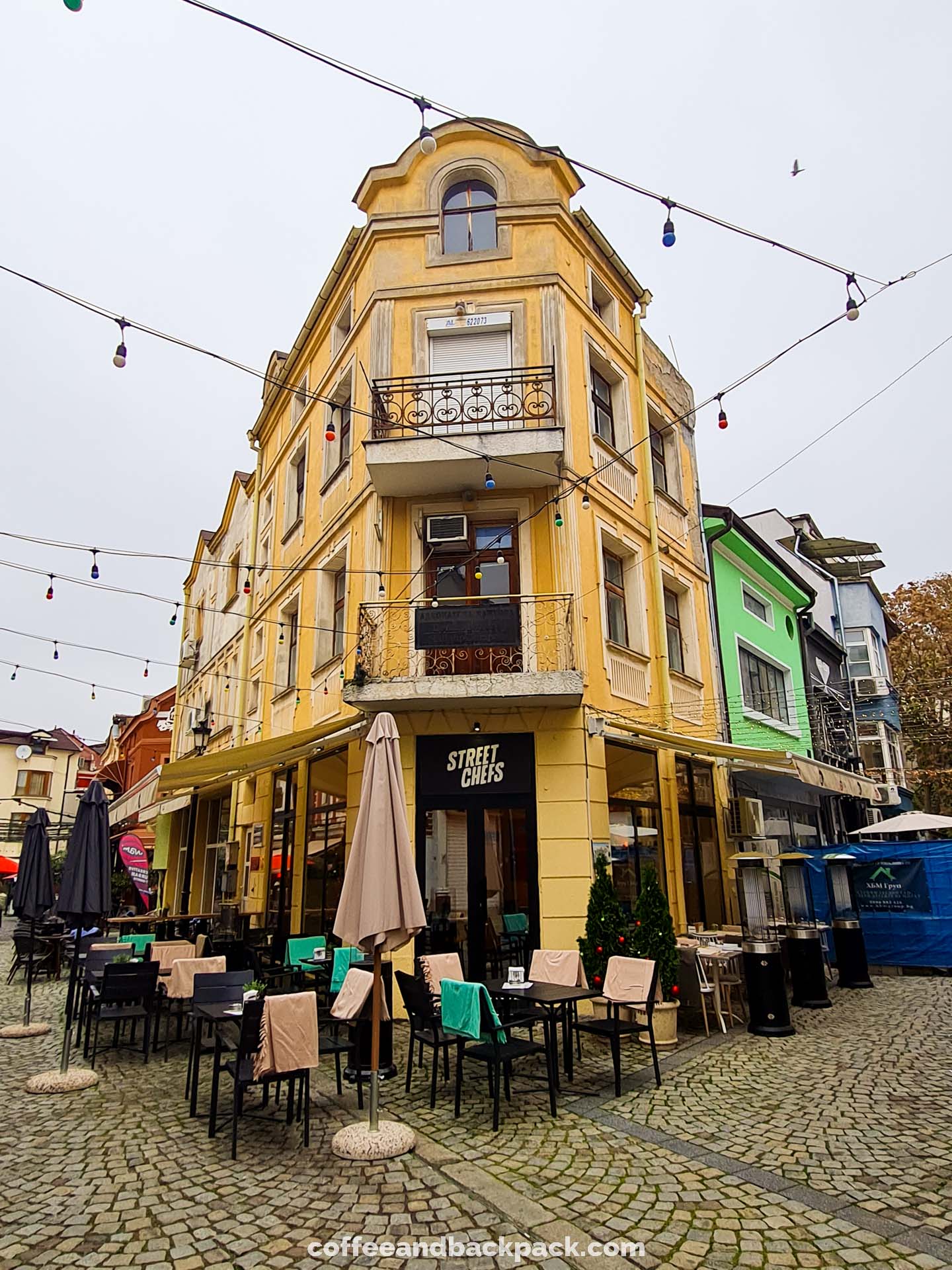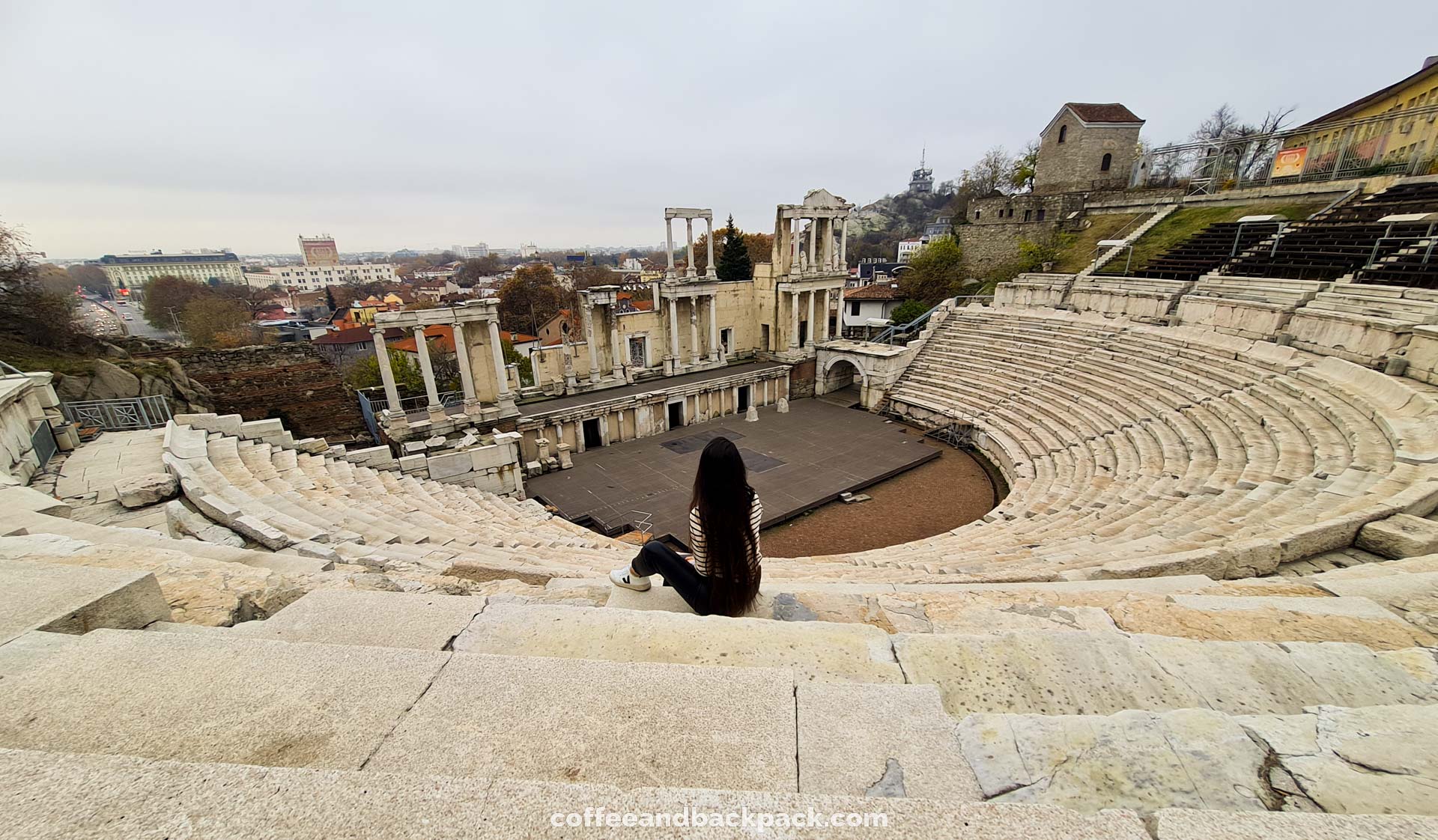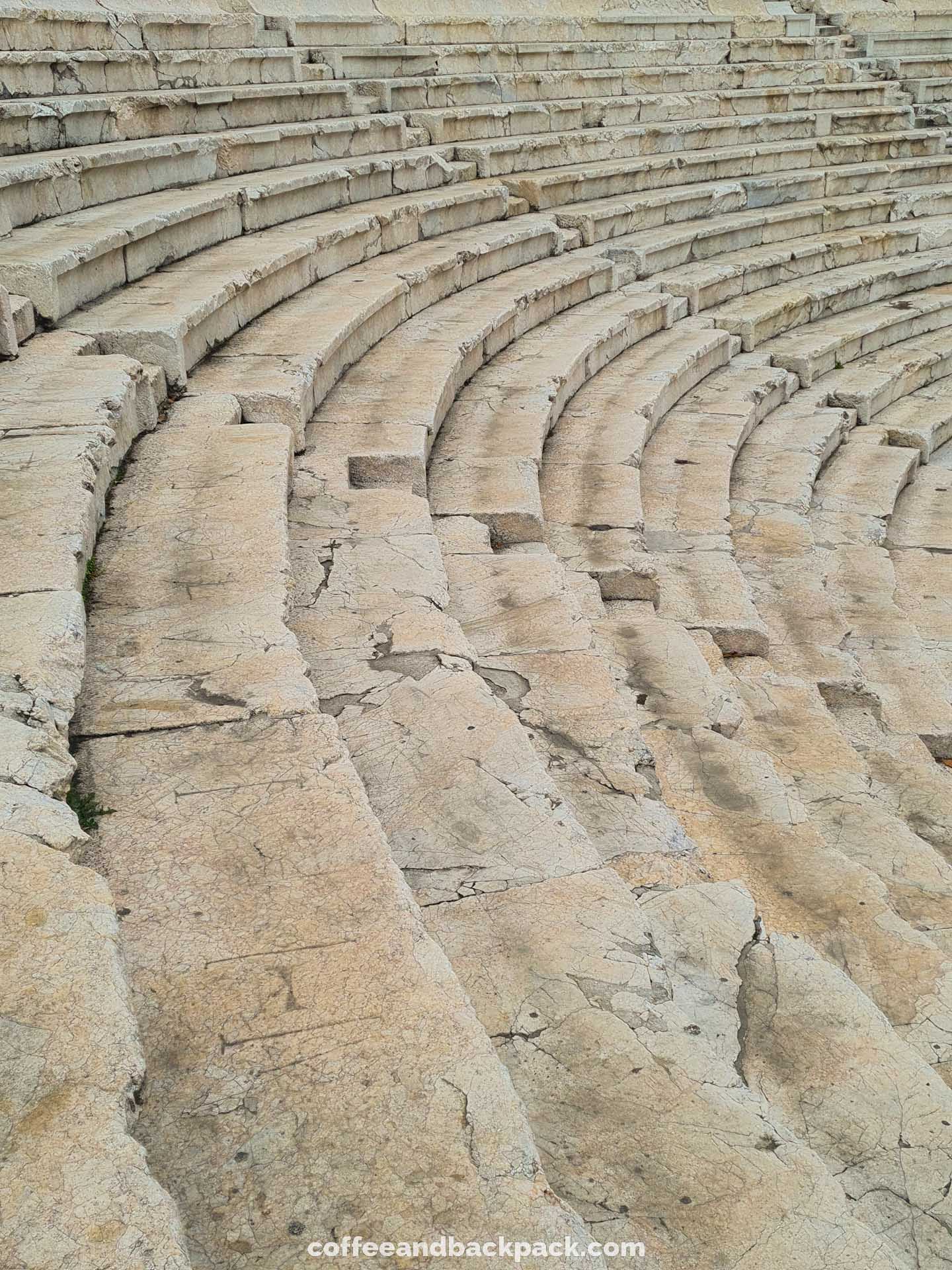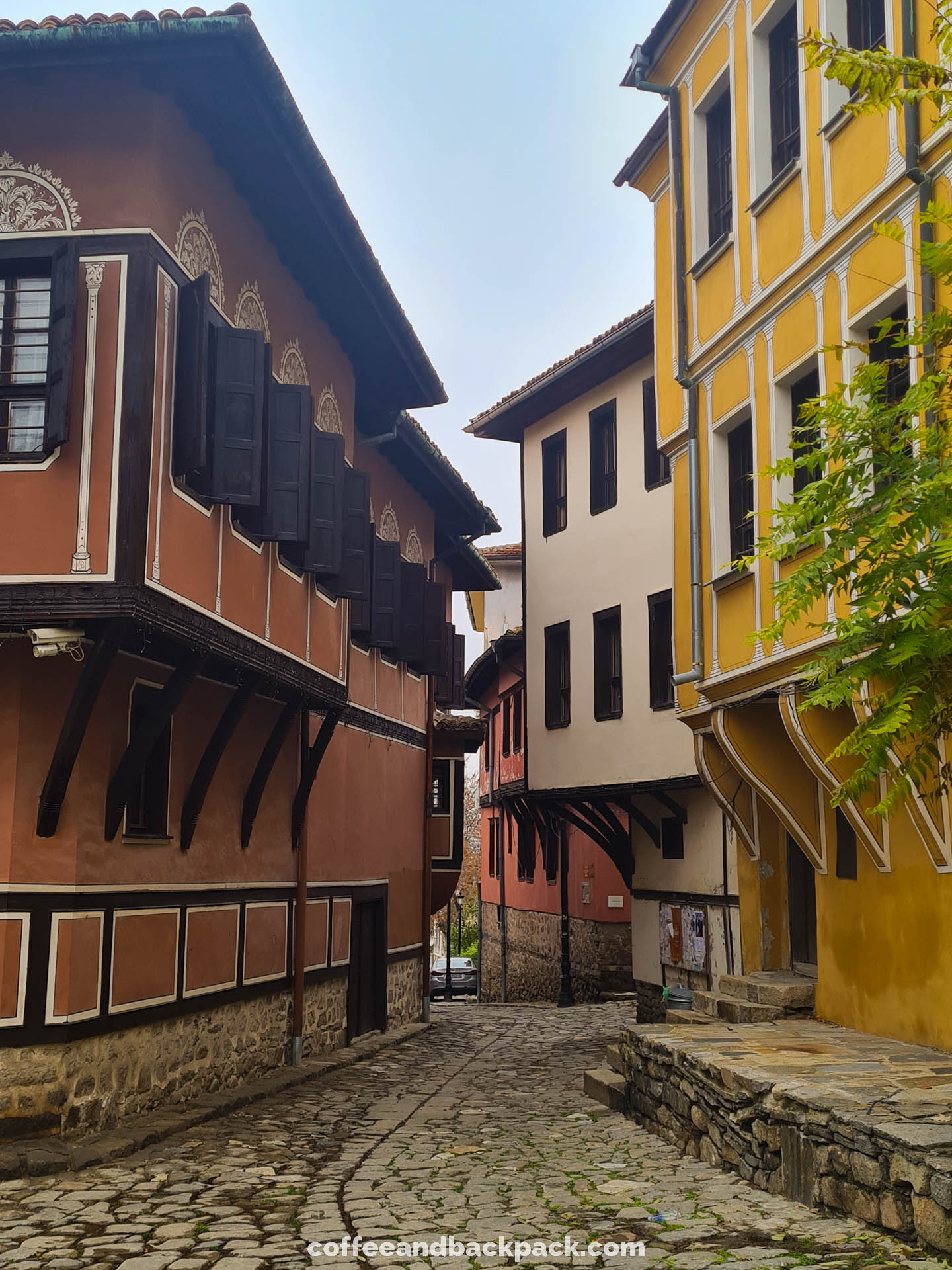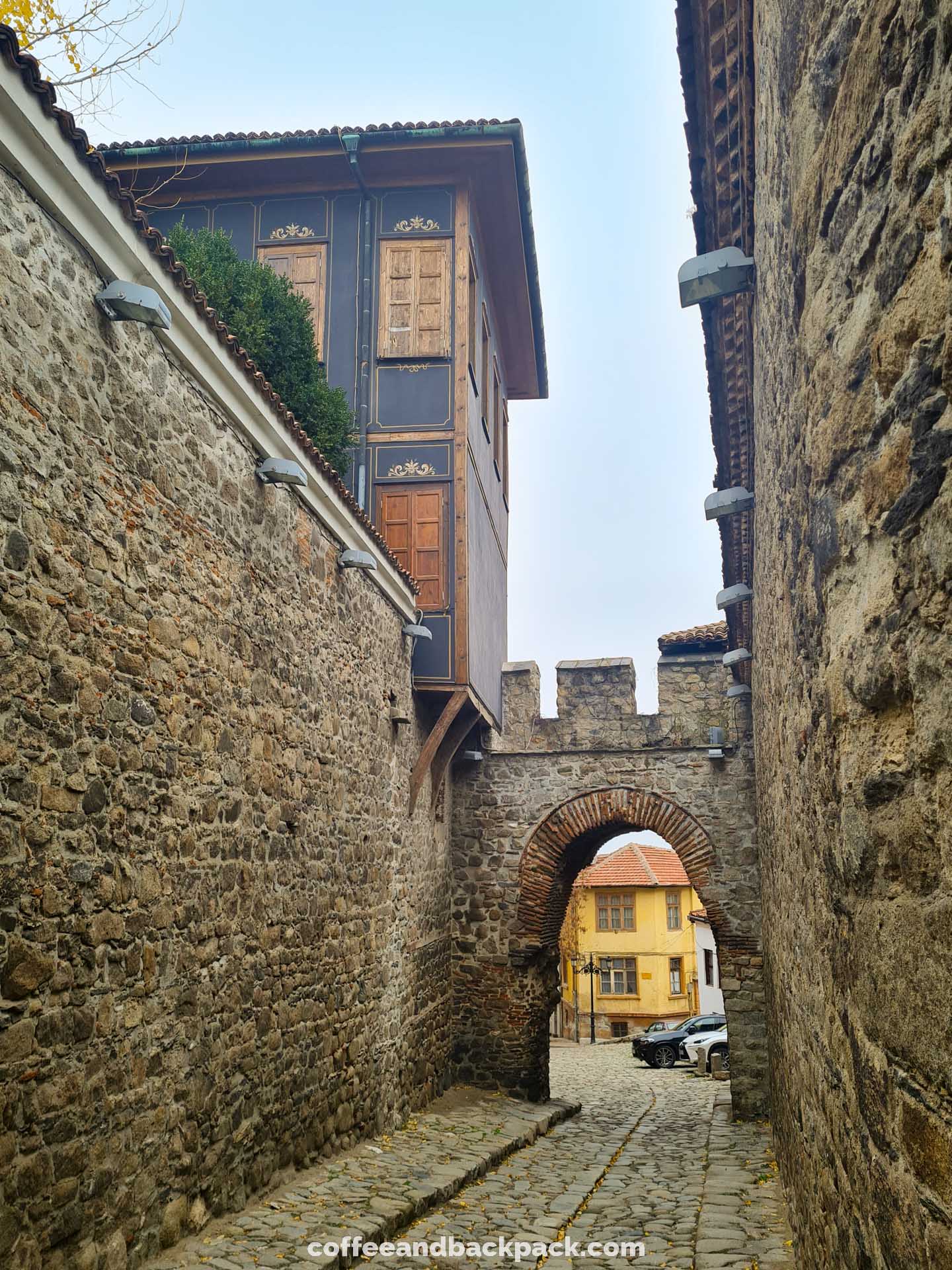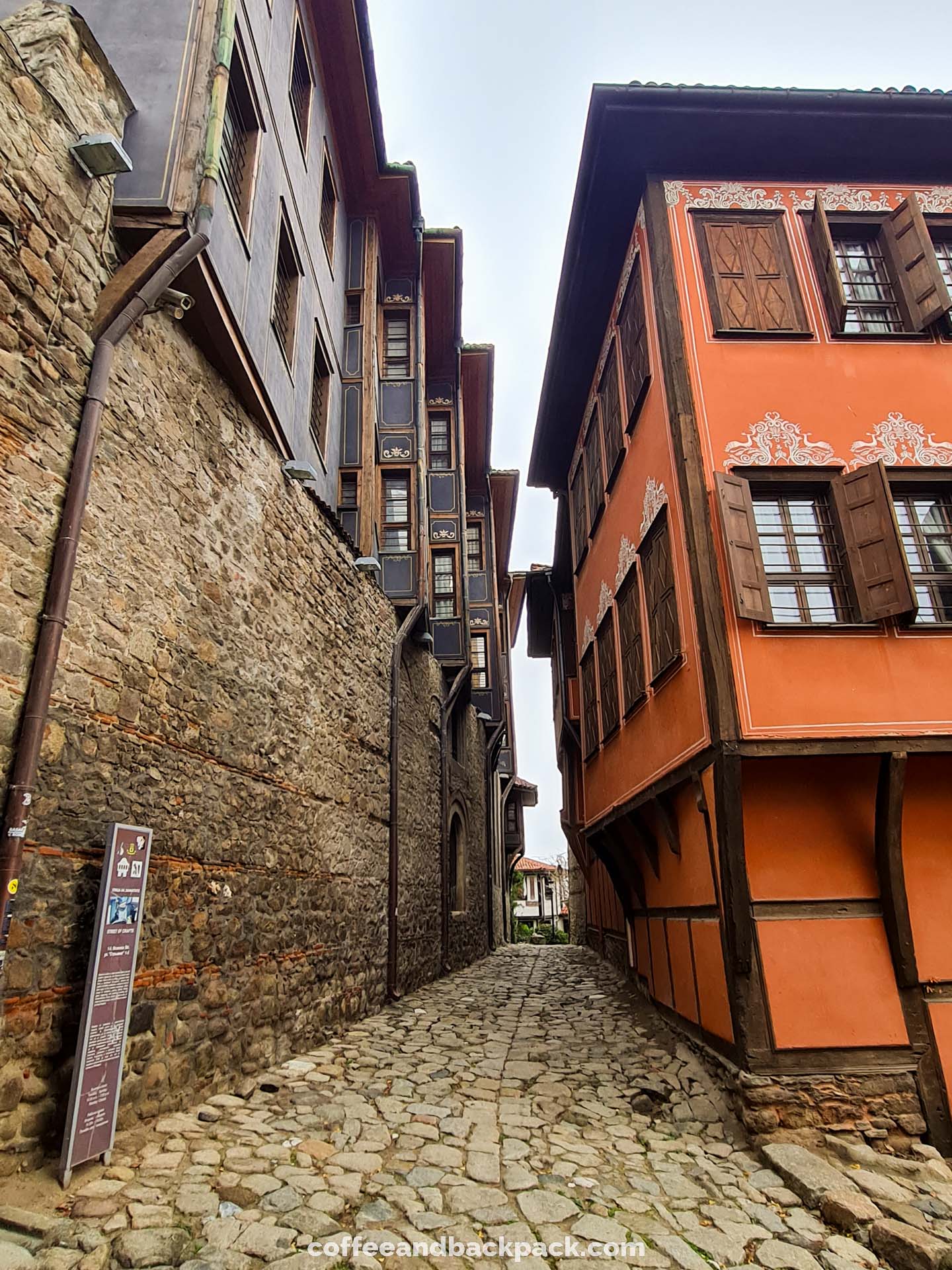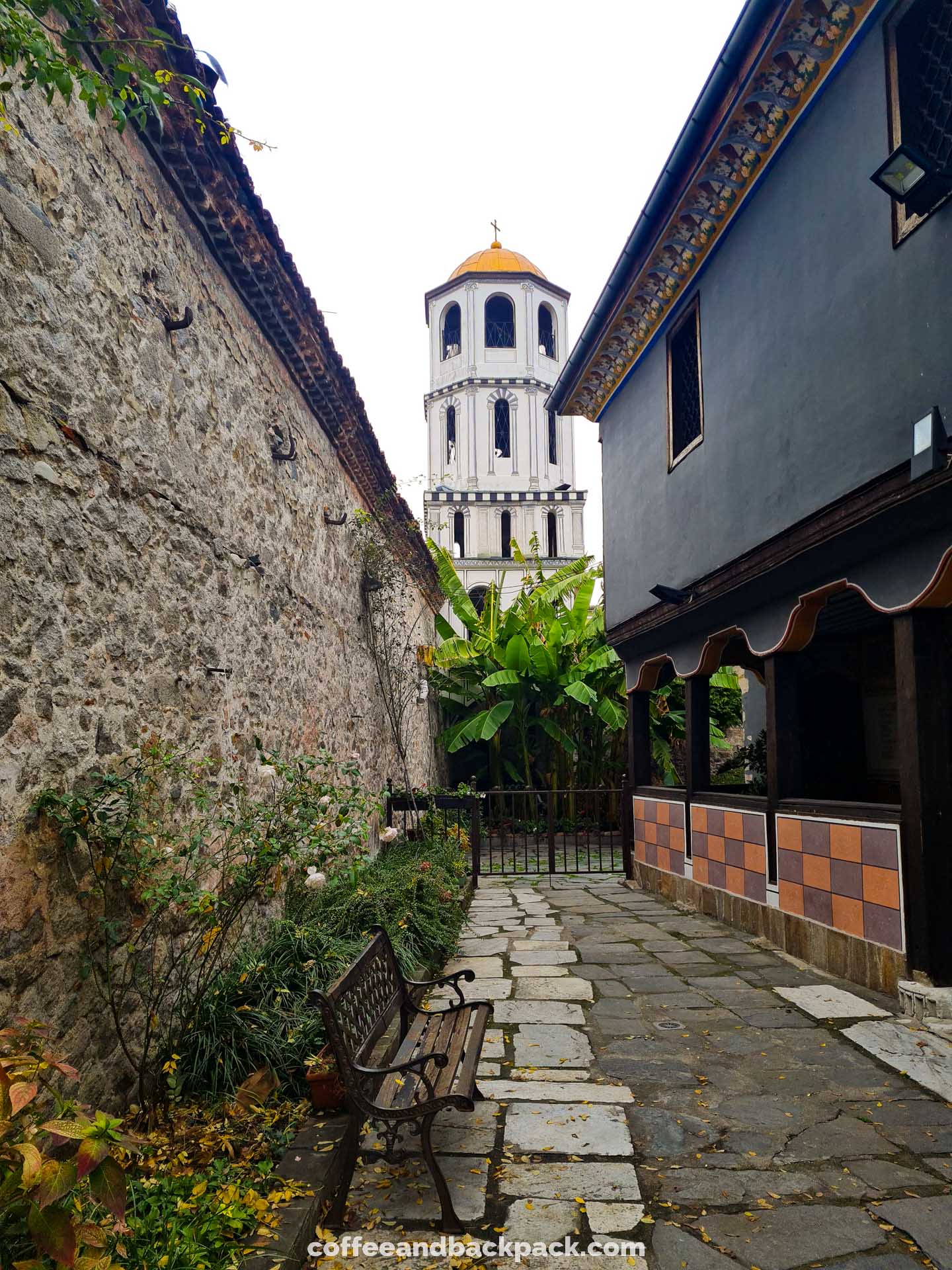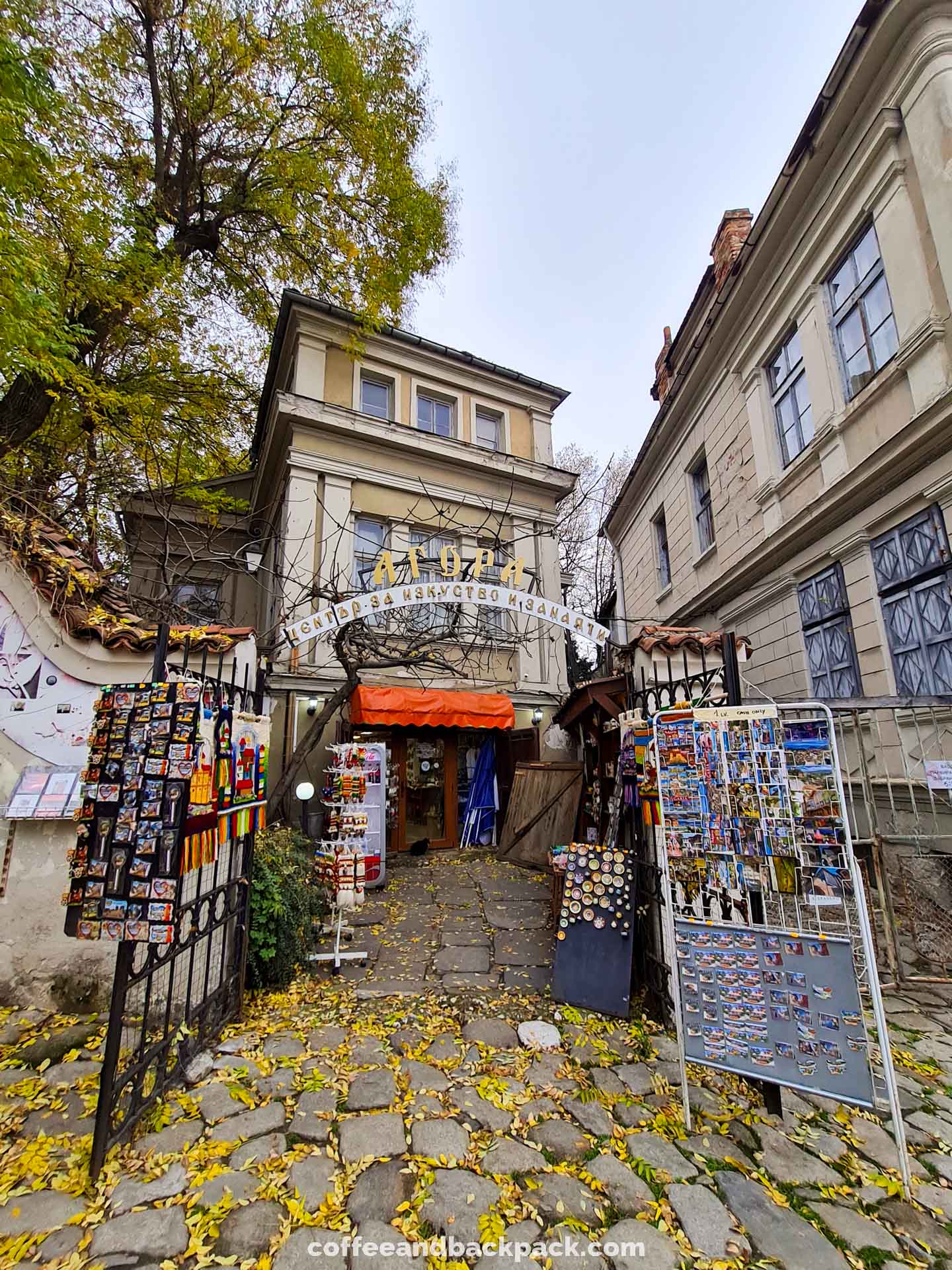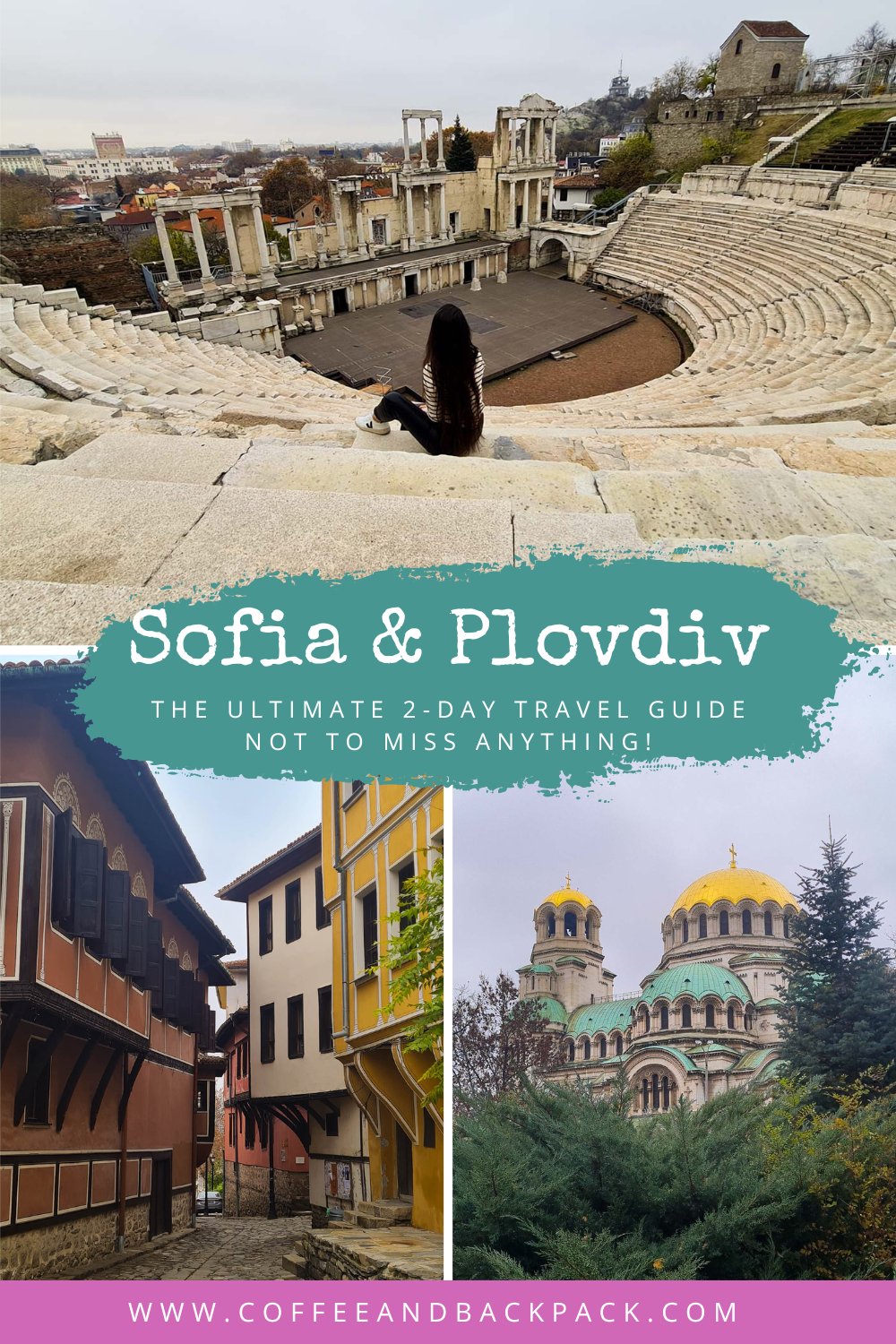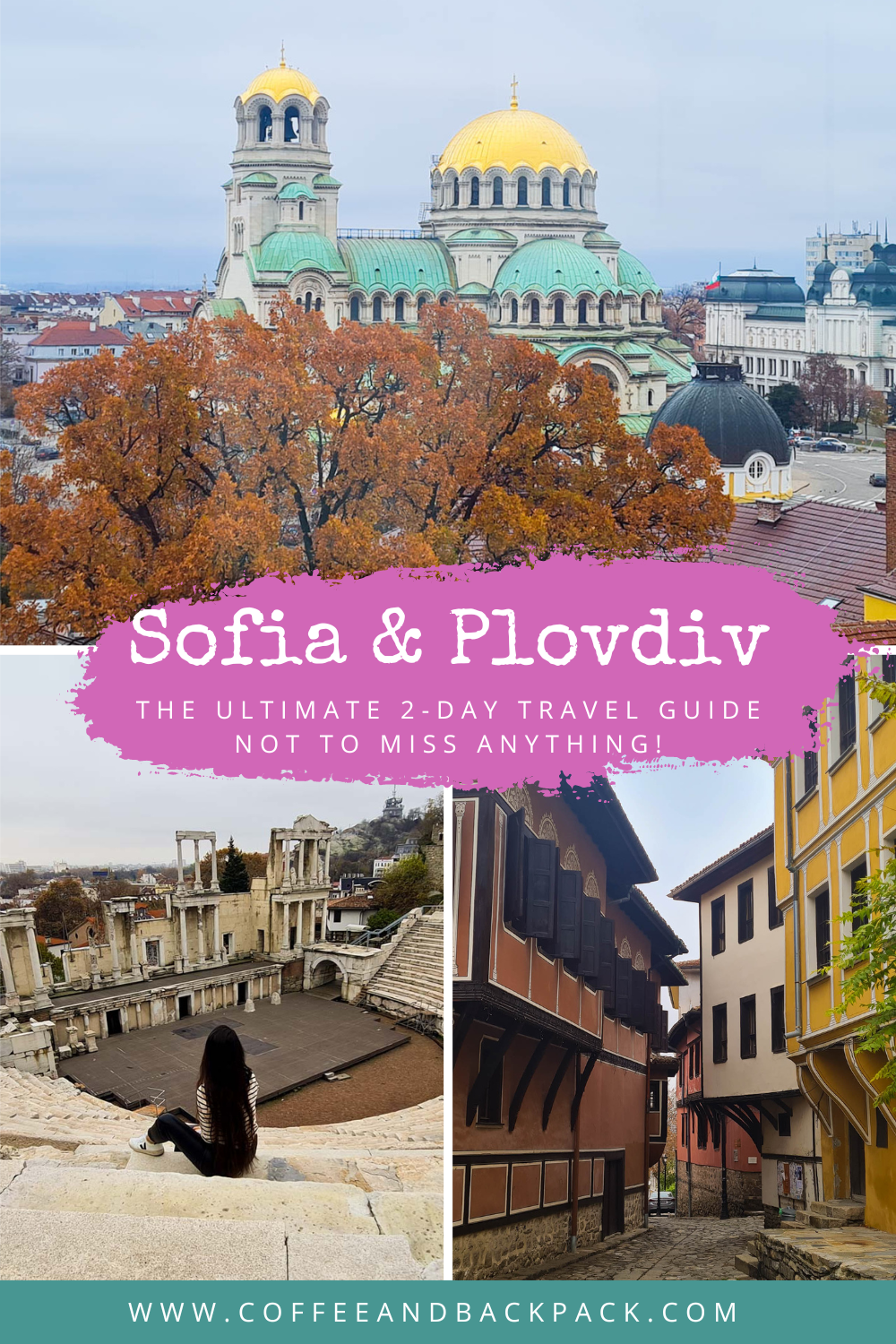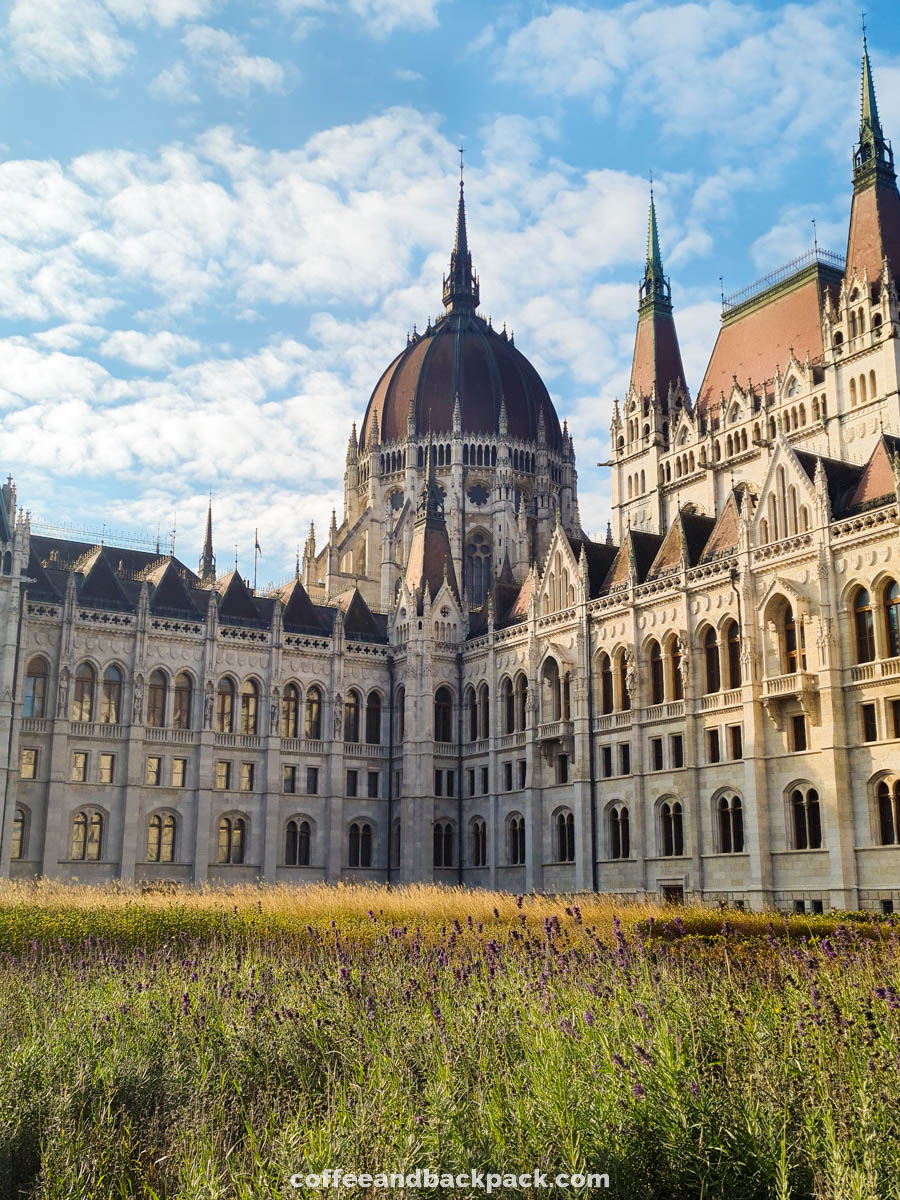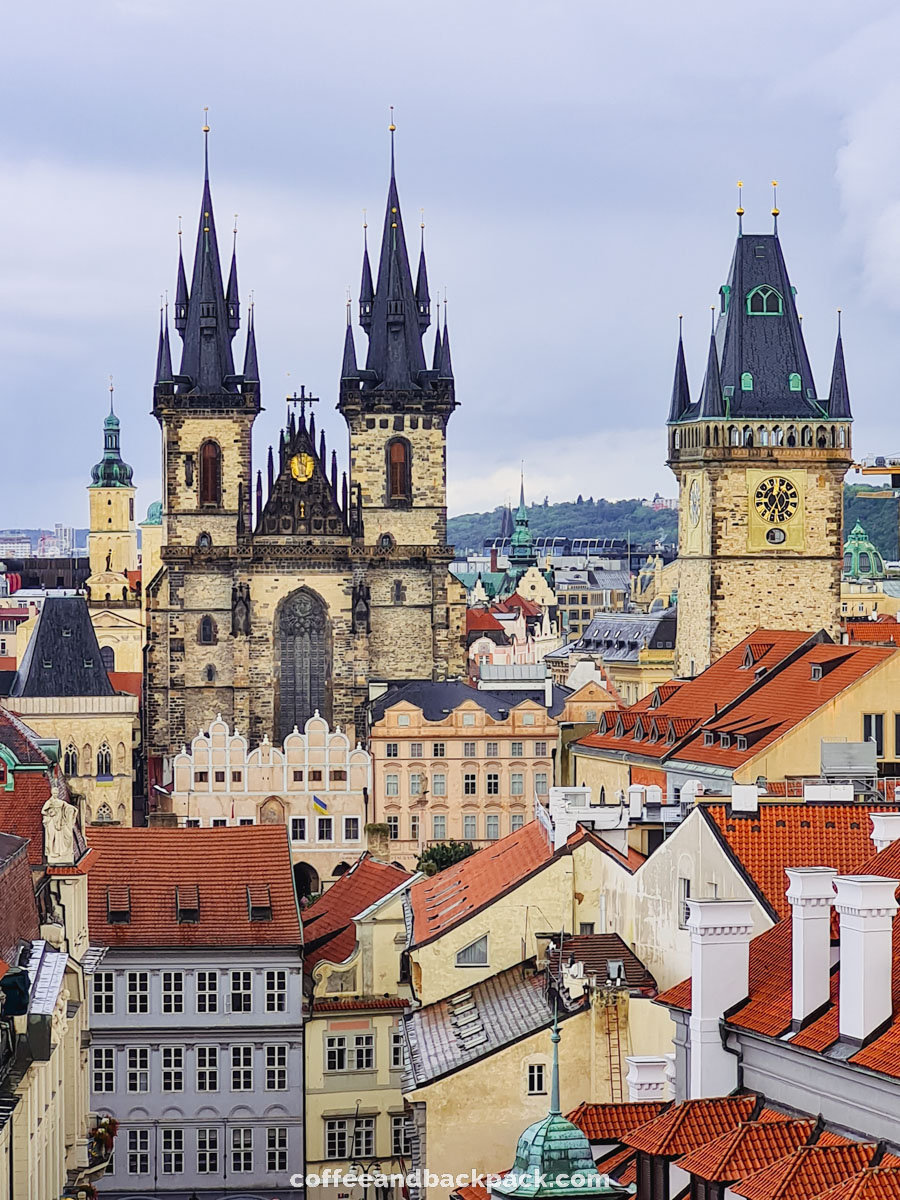Let’s admit it, Bulgaria is probably not on top of your travel bucket list nor the most popular destination in Europe. And yet, located at the crossroads of cultures, Bulgaria is full of history, architectural treasures and represents an ideal destination for a great immersion into the Slavic culture. This two-day itinerary will take you around Sofia on day one to discover its iconic monuments and great cafés, and to the surprising city of Plovdiv on the second day.
Good to know before traveling to Sofia
With just over a million inhabitants, Sofia remains a human-sized capital. It is quite easy to walk around the city and see the city's main attractions in just one day. Nevertheless, the city has an efficient bus and metro network. As for taking a taxi, be aware that the main applications such as Uber, FreeNow or Bolt are not available in Bulgaria. You will need to download the local application called TaxiMe, or hail a taxi in the street. Taxis in Bulgaria are yellow and therefore easily identifiable.
Bulgaria is one of the cheapest countries to live in in Europe. A metro ticket costs only 1.60 Leva, or 0.80€ cents. Which is why, do not hesitate to treat yourself by booking a nice accommodation in the city center. The Euro is not yet used in Bulgaria, however prices are often displayed in Leva (local currency) and Euros, which makes things much easier.
From my experience, I found that English is not commonly spoken, even in Sofia. It is therefore sometimes complicated to communicate with locals. Some restaurants don't even translate their menu. The Google Translate app came in handy more than once during my stay in Bulgaria.
Day 1 - Discovering Sofia
Due to its strategic position between two continents, Bulgaria and Sofia have been crossed by civilizations, and each left their mark in the city. This is what you will discover by following this one day itinerary around Sofia.
This itinerary starts by the discovery of Sofia’s most beautiful monument, which is of course the Cathedral of Saint Alexander of Nevski, the largest Orthodox cathedral to date. You might want to save the most beautiful monument for the end of the day, but not in Sofia! First because, let's be honest, the cathedral is one of the main reasons (if not the only reason!) that brings you to Sofia. And also because it is surrounded by traffic during the day. It is therefore recommended to go there early to fully enjoy it. The cathedral opens at 7am and the entry is free. It is just not allowed to take photos inside without having paid for the authorization beforehand.
To access the cathedral, follow the road paved with yellow bricks. This is a particularity that Sofia shares with the city of Budapest. These yellow bricks have been given by the emperor Franz Josef after he visited Sofia. It is also said that Bulgaria went into debt to afford this golden coating at the beginning of the twentieth century, a pivotal period when Sofia officially became the capital of Bulgaria, and undertook work to have the appearance of a European capital.
This neo-Byzantine style cathedral lights up the city with its copper and golden roofs. It is named after a Russian saint and was built to thank Russian soldiers for their help in liberating Bulgaria from the Ottoman Empire.
To enjoy a completely different view of the cathedral and the city, head to the Rooftop bar of the Sense Hotel. This bar is open until 1 am if you wish to enjoy the same view by night. I didn't find the cathedral particularly well lit at night, so I would recommend going during the day.
Continue toward a magnificent Orthodox church called the Russian Church of Sofia, then to the Ivan Vazov Theater passing by the National Gallery.
Next, go check St George's Rotunda church. A very special church, dating from the 4th century. This is the oldest monument in the city. The remains of this church are now surrounded by imposing buildings reminiscent of the communist era. This place is a great example of how much Sofia has been crossed by eras and civilizations over the years.
No place could be more representative of the combination of culture and religion that populates Sofia than Serdika. This part of the city is home to the Sveta Sofia statue, symbol of the city, and to the remains of a Roman city discovered only in 2010, when the city was carrying out some work to expand the metro line. By the way, Serdika is the historical Roman name of Sofia. By going down to the station, you will easily see the extent of these remains. How amazing to walk through the remains of a Roman city while commuting! By following this itinerary, you will see that it is quite common here in Bulgaria!
In the Serdika district, you can find what the Bulgarians call the religious triangle. Only a few meters away stands the Great Mosque of Sofia, the Synagogue of Sofia and the Orthodox Cathedral of St. Nedelya. The triangle becomes a religious square if we add the catholic cathedral St Joseph.
Near the mosque, don't miss the Regional History Museum, housed in a beautiful yellow building which was once a Turkish bath.
Only a few meters away from the Regional History Museum are mineral springs. From there, you can observe locals coming and going to get water directly from the source. The water is drinkable, slightly sulfurized and at 46 degrees. Greatly appreciated to warm up your hands if you visit Sofia in winter or just to fill your water bottle for the rest of the day. There are about forty sources like this one in the city.
Continue toward the Cathedral of St. Nedelya and then go up the Vitosha Boulevard, the city's commercial artery where you will find major retailers, restaurants and souvenir shops. If the visibility is good, which was not the case when I was in Sofia unfortunately, you will be able to see the Vitosha mountain from the Boulevard.
Finish the day with a delicious dinner in a traditional tavern, the
Moma Restaurant. There are several traditional taverns in the city center of Sofia, however they are very popular and targeted by both tourists and locals. It is recommended to book a table a few days ahead. I recommend Moma restaurant for their delicious Bulgarian food and the restaurant’s decoration. The place is decorated with portraits of young Bulgarian women dressed in traditional outfits. Dining at Moma is a real immersion into the Bulgarian culture. Try the Banitsa, a savoury pastry stuffed with cottage cheese, similar to the Turkish Börek, or the various meat-based or vegetable-based stews, slow-cooked with Paprika. If you are vegetarian, you won’t have any issue with food in Bulgaria. Bulgaria is also a major wine producer with vineyards that are nearly 3,000 years old, present in 5 major regions of the country. Make sure you try some of their delicious wines! If you are in for something stronger, go for a Rakija.
After dinner, if you fancy a drink, go to The Apartment. This place is literally an apartment, converted into a very welcoming and nicely decorated café/bar. Take a seat in one of the lounges. You will feel just like a guest at a friend's house.
Not far from there, check the bar called Made in blue, a place that I particularly love. Made in Blue is a concept restaurant that occupies the entirety of a large blue house, right in the center of Sofia. Made in blue claims to be a great practitioner of the art of melancholy. All the rooms are beautifully bluish, sometimes from floor to ceiling.
Day 2 - Discovering Plovdiv
Built on the remains of a Roman city called Philippopolis, Plovdiv is today the oldest city ‘alive’ in Europe. Philippolis was once the largest city in Western Thrace. Even today, it is possible to see the remains of a Roman amphitheater and a stadium. Walking around Plovdiv is a real journey back in time!
The city is about two hours by car from Sofia, and two and a half hours by train. Plovdiv is the perfect destination for a day trip from Sofia. You can easily visit the city in one day. When we were in Sofia, we went to Plovdiv by train and visited the city from 10 a.m. to 5 p.m., which was more than enough for us to discover the city without rushing.
When arriving in Plovdiv, head straight to Saborna street and walk up to the Plovdiv Mosque. The Mosque is built just above the Philippopolis stadium. On your way to the City center, make sure to cross the beautiful Tsar Simeon Garden. Shortly after the garden, you can already see the remains of the ancient Roman city.
The Philippopolis stadium is right under the Djumaya mosque and once had a capacity of 30,000 people. It is surprisingly well preserved. Only a part of the stadium can be seen today.
Then, take a break at Dzhumaya, a pretty Turkish café located by the Mosque, which serves traditional Turkish coffee and delicious Turkish pastries such as baklava.
Cross the vibrant district of Kapana which is home to nicely decorated restaurants and independent shops. If you are a fan of Friends, go to the Central Perk Café of Kapana. The mythical café of the show has been recreated right here in Plovdiv.
After visiting the theater, continue toward the second part of Plovdiv old town, by visiting the gate of Hisar Kapia. This gate is one of the three gates that once were the city’s entrances. It was built during the 11th century on the remains of the ancient gate of Philippopolis. Hisar Kapia is surrounded by emblematic houses dating from the 19th century, such as the Kuyumdzhioglu house, which is also the Regional Ethnographic Museum of Plovdiv. Make sure to also check the Balabanov house and the Lamartine house.
We loved this part of the city where several centuries of history now cohabit together with antique shops and many, many cats.
After visiting the theater, continue toward the second part of Plovdiv old town, by visiting the gate of Hisar Kapia. This gate is one of the three gates that once were the city’s entrances. It was built during the 11th century on the remains of the ancient gate of Philippopolis. Hisar Kapia is surrounded by emblematic houses dating from the 19th century, such as the Kuyumdzhioglu house, which is also the Regional Ethnographic Museum of Plovdiv. Make sure to also check the Balabanov house and the Lamartine house.
We loved this part of the city where several centuries of history now cohabit together with antique shops and many, many cats.
Like this article? Save it on Pinterest!
